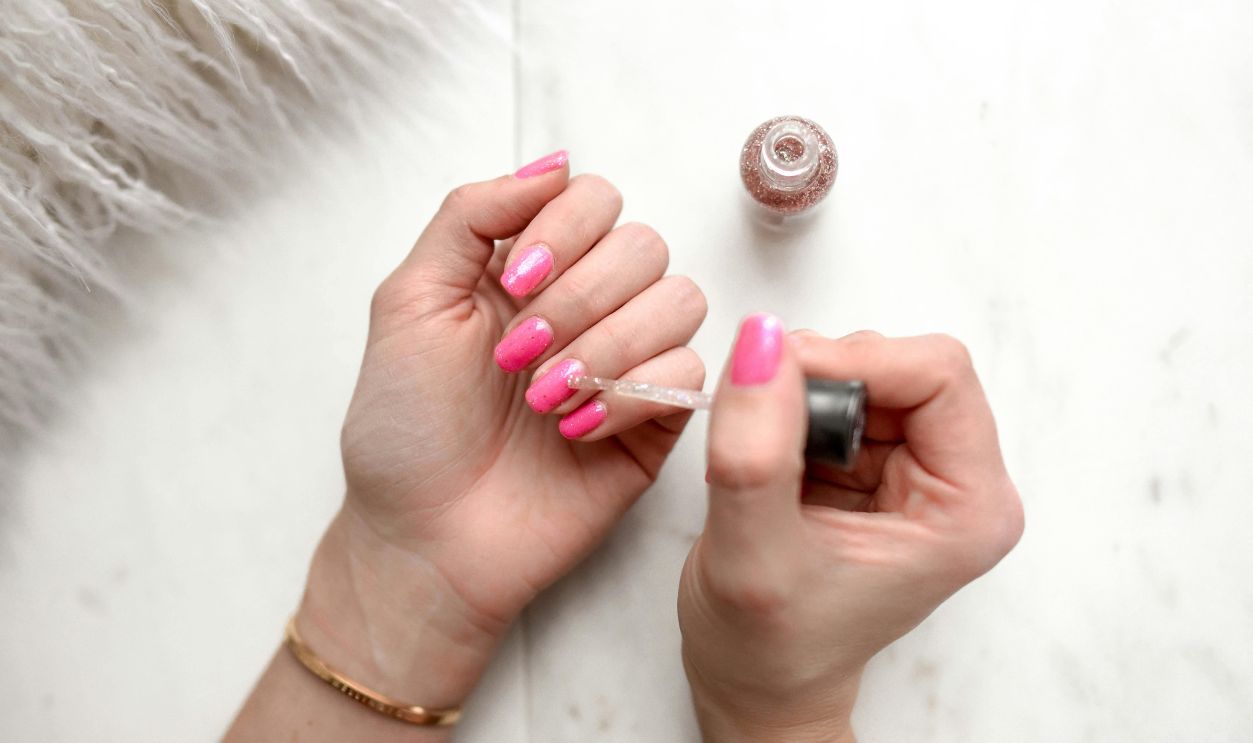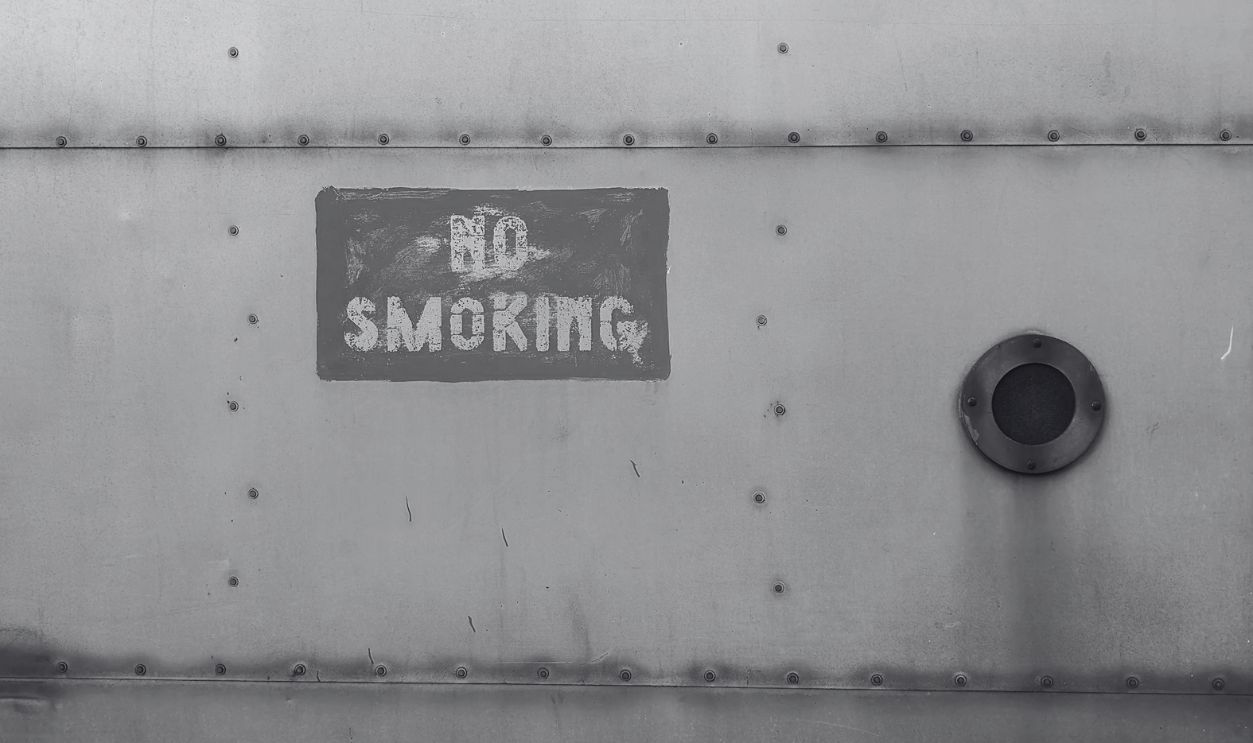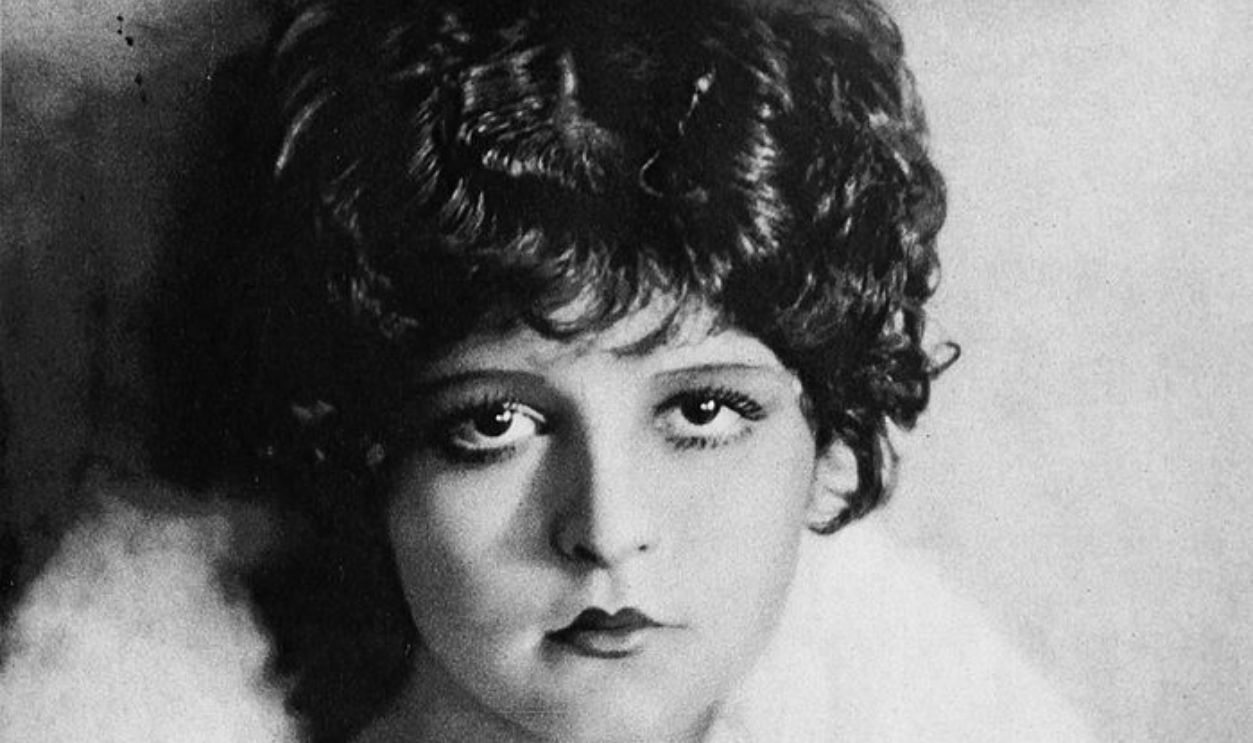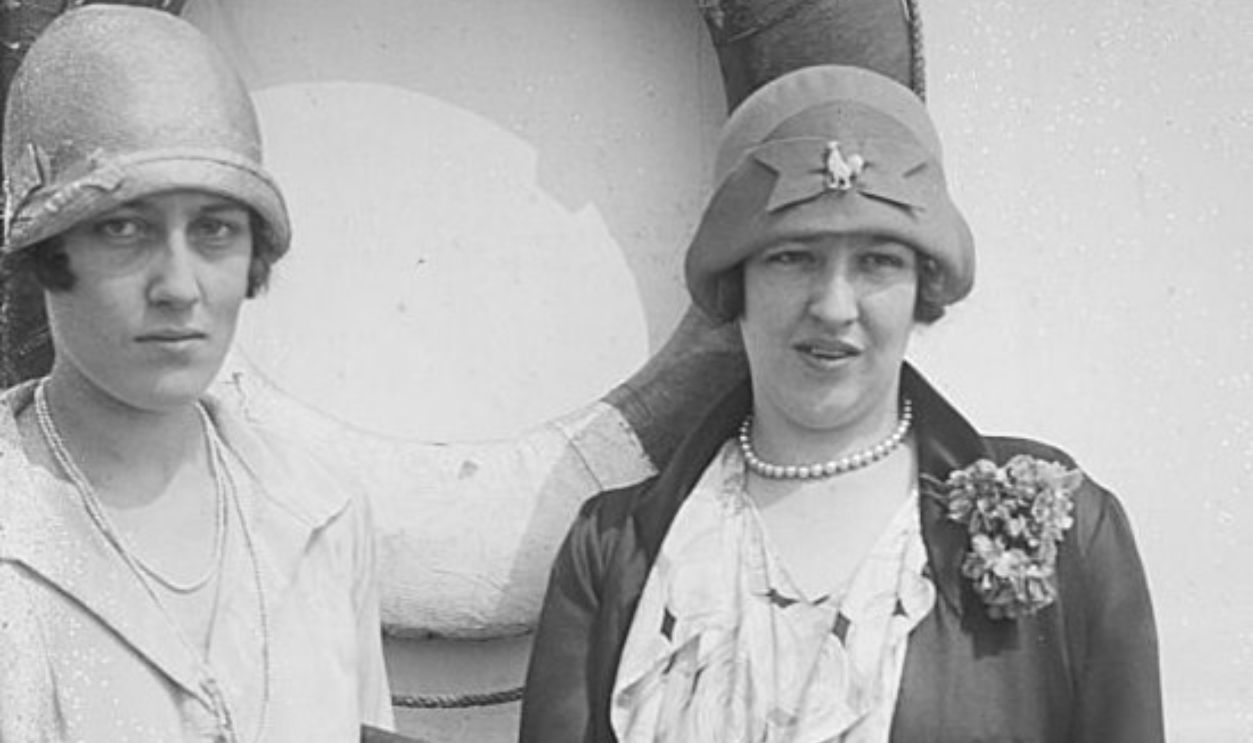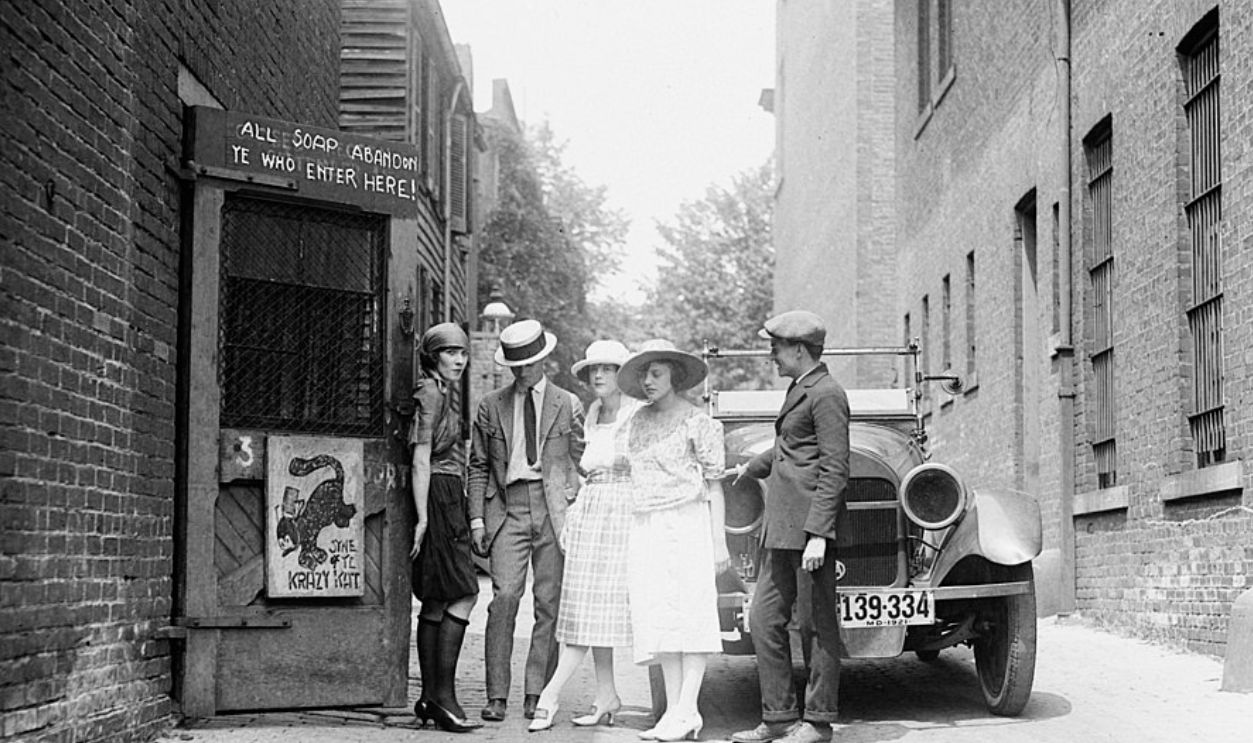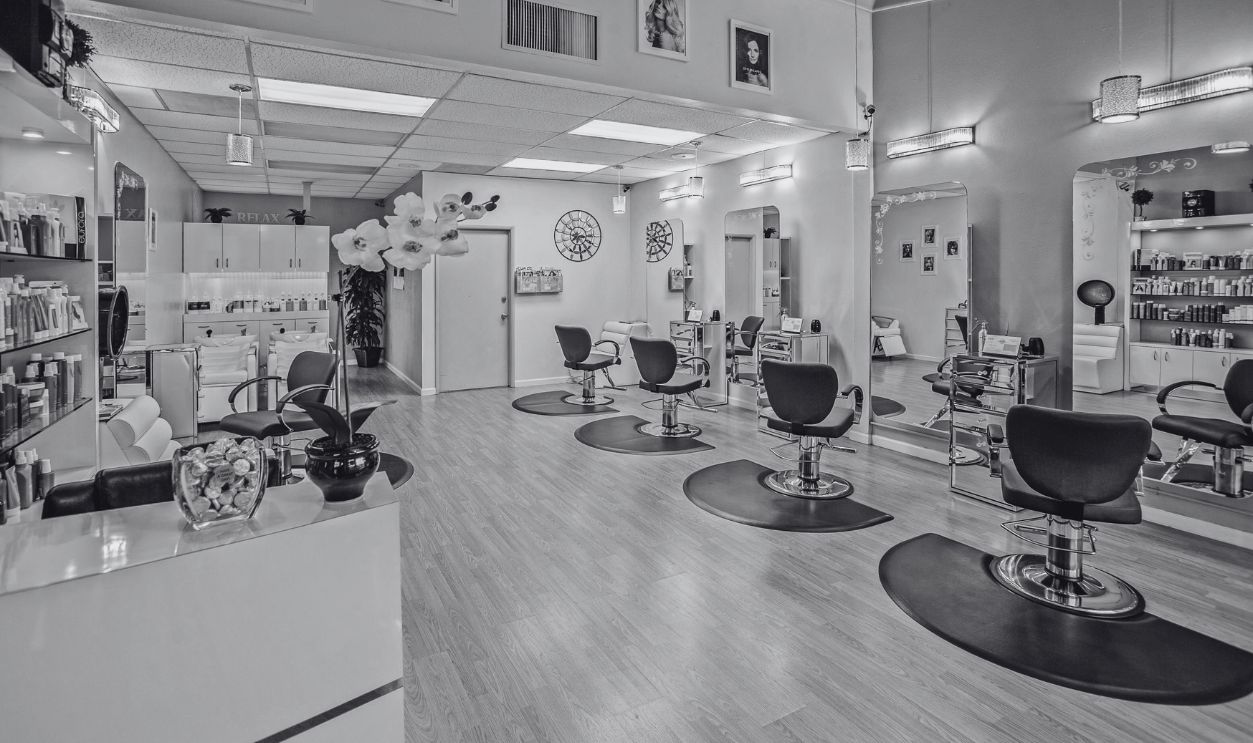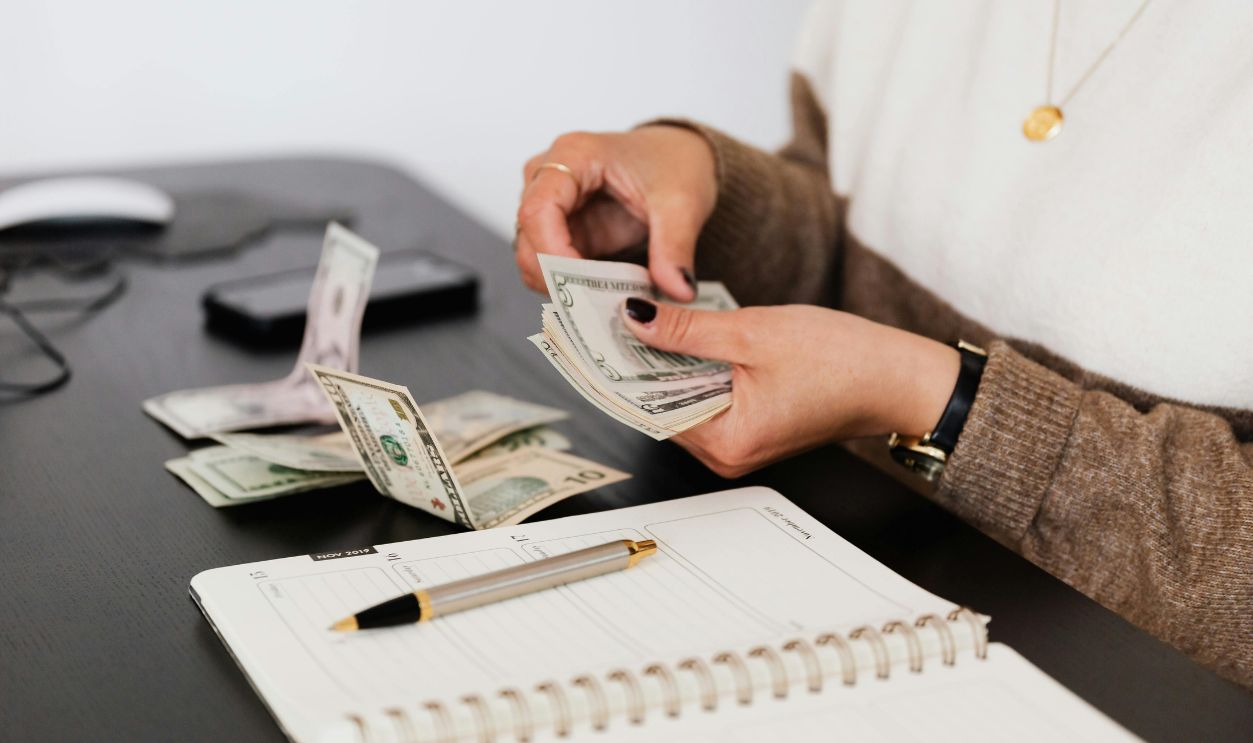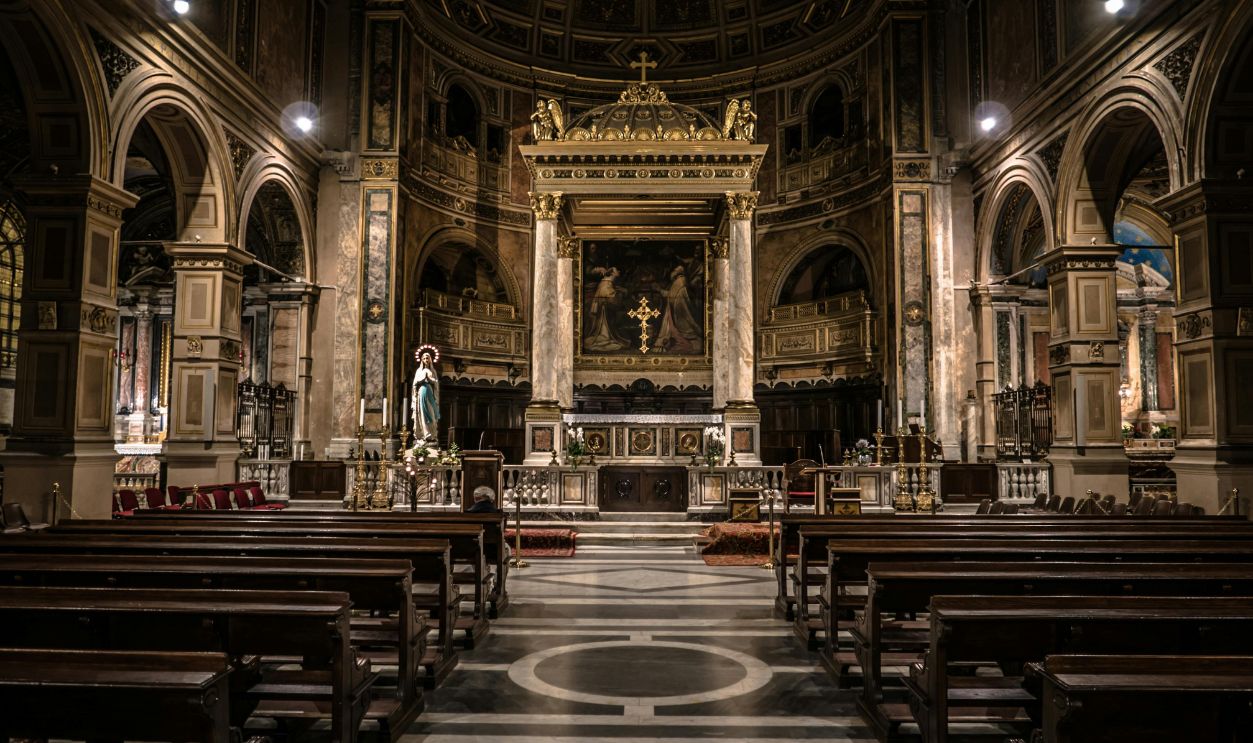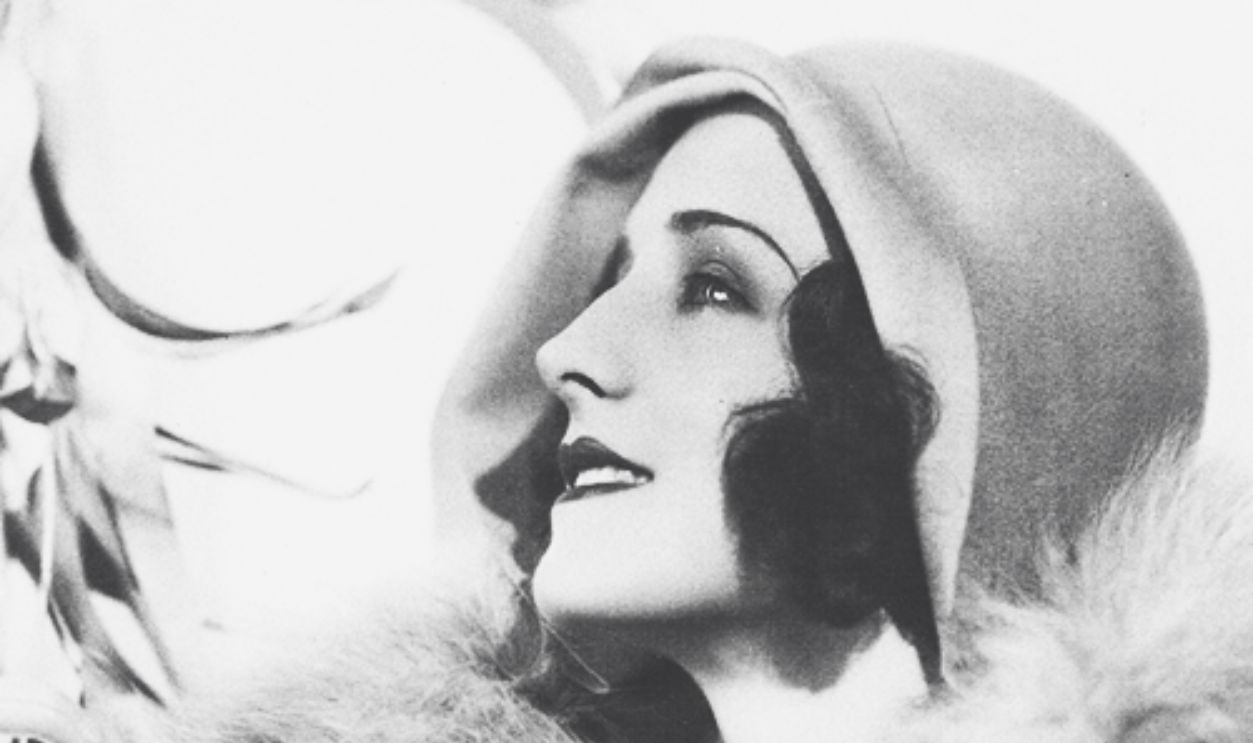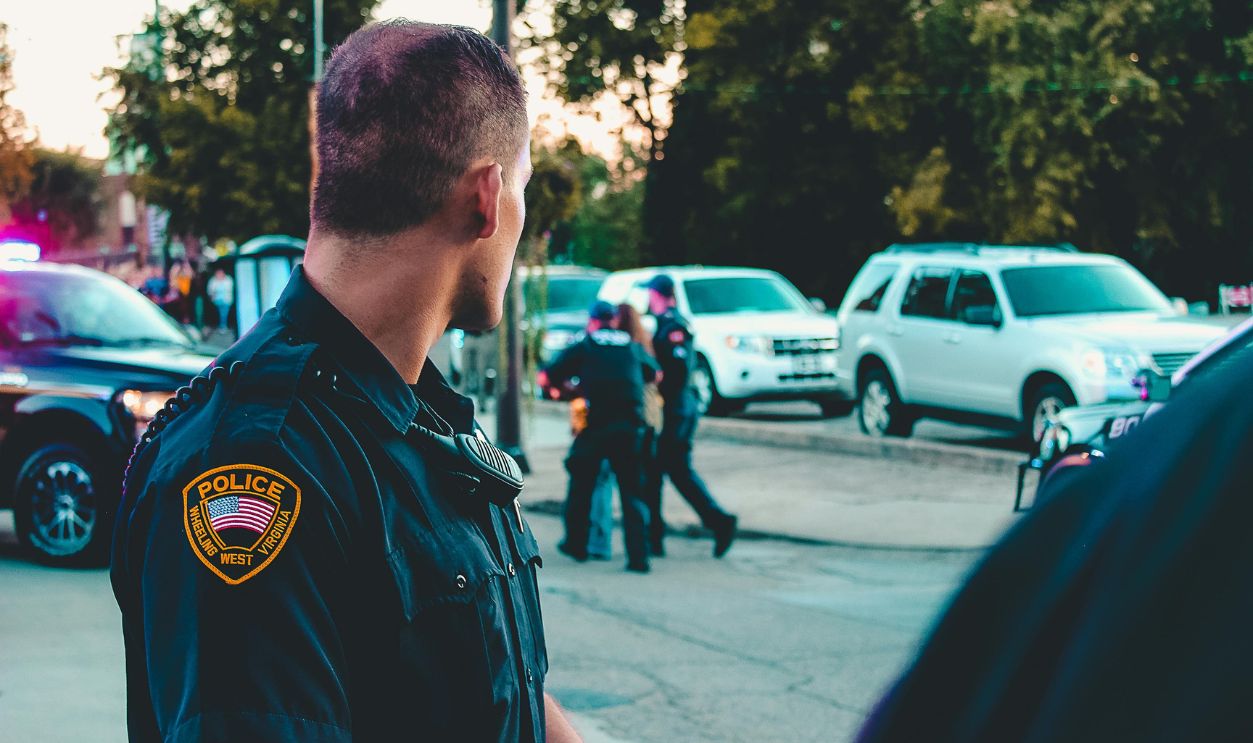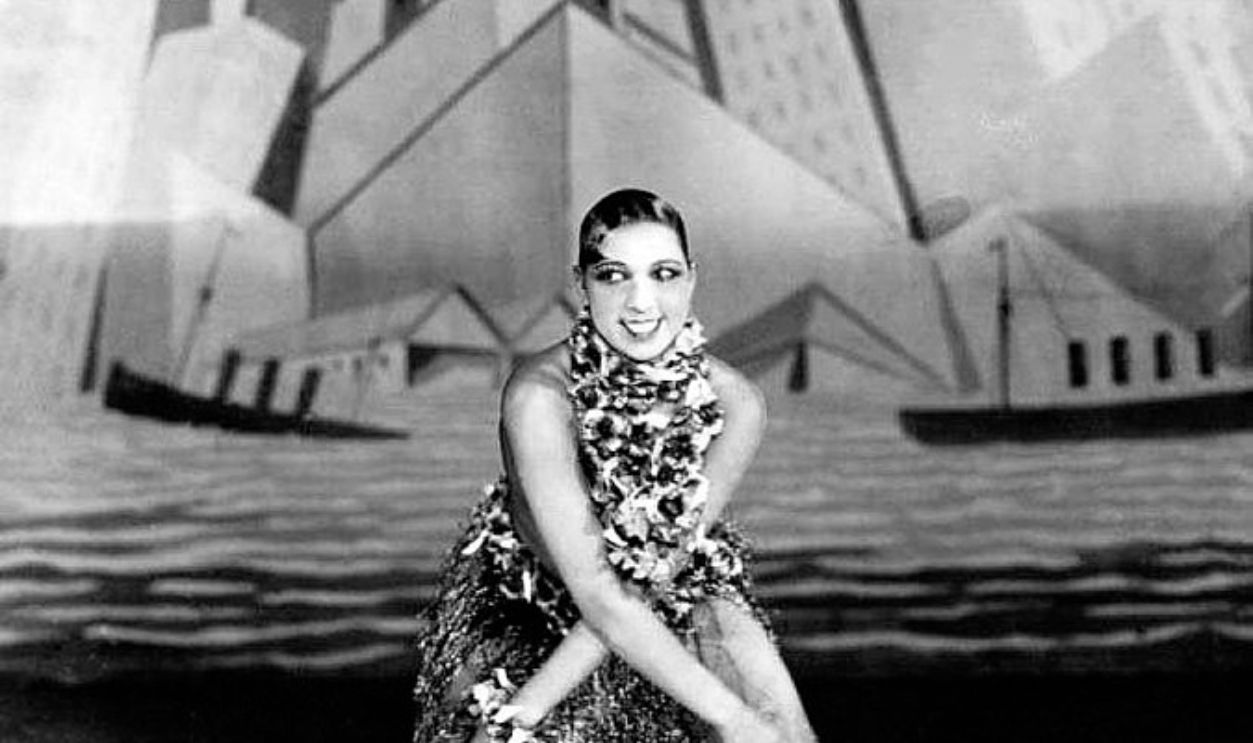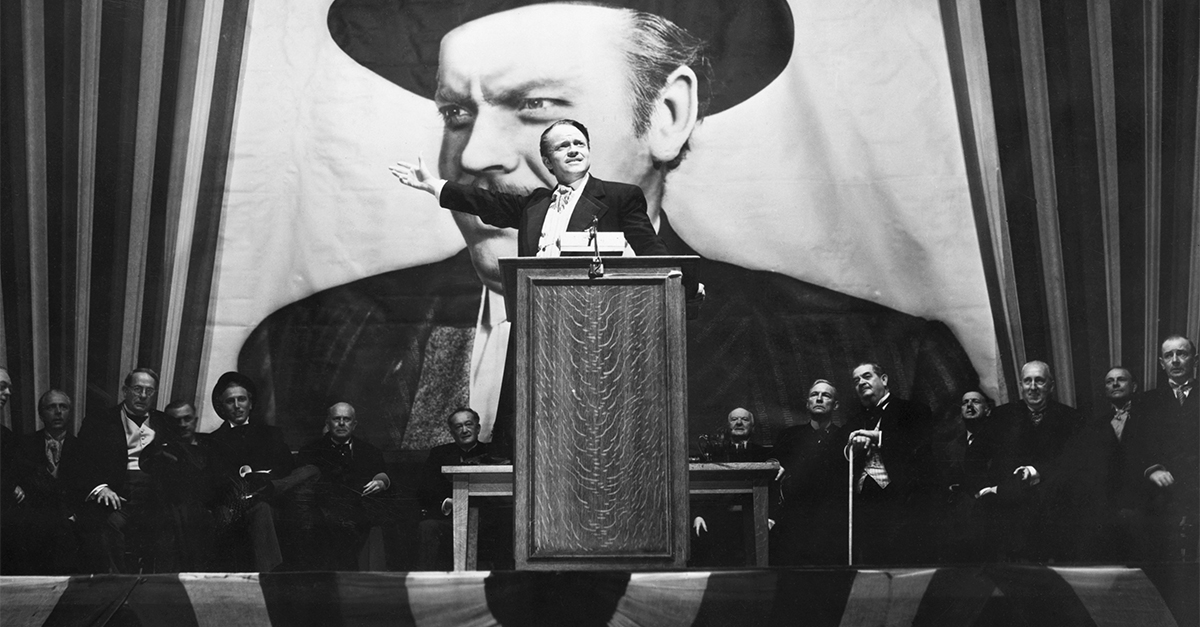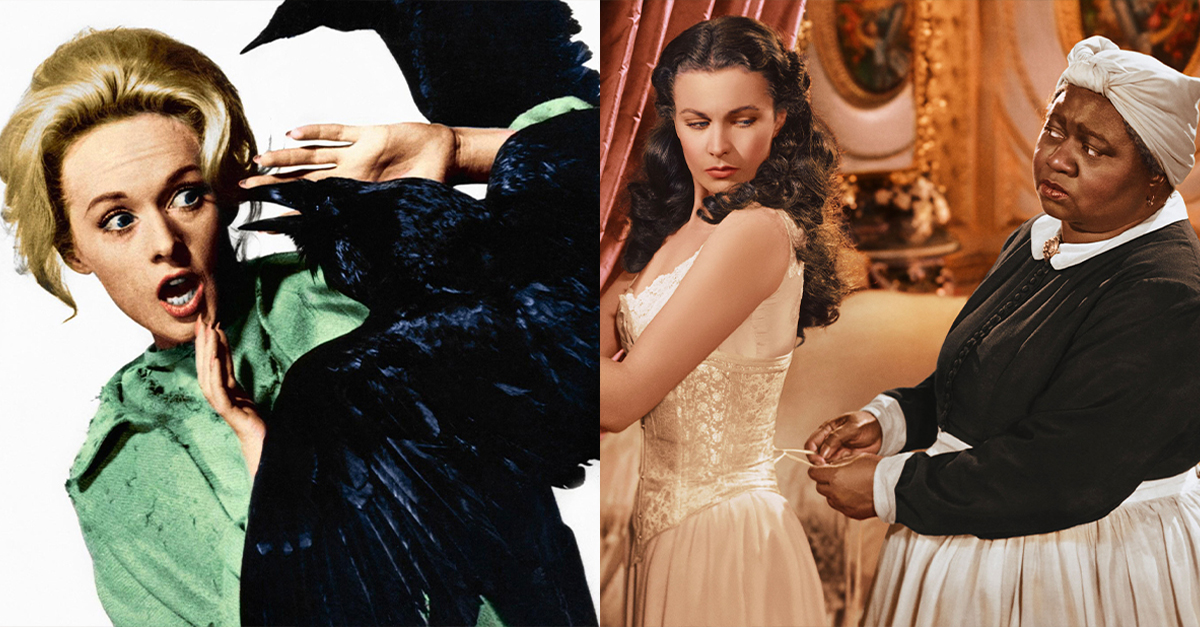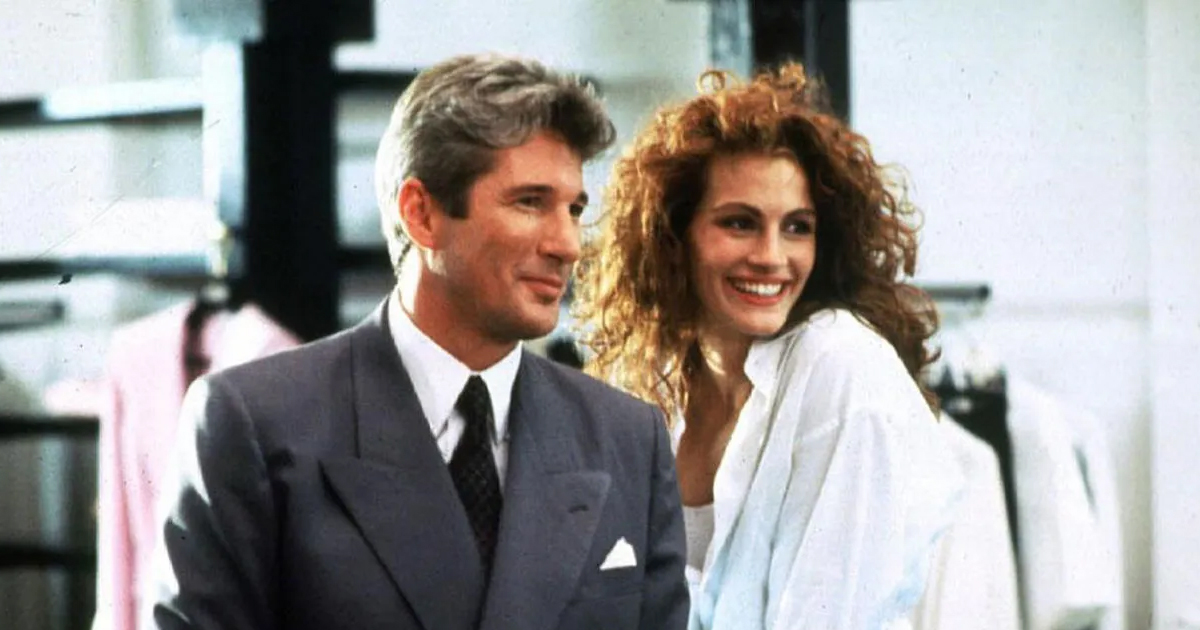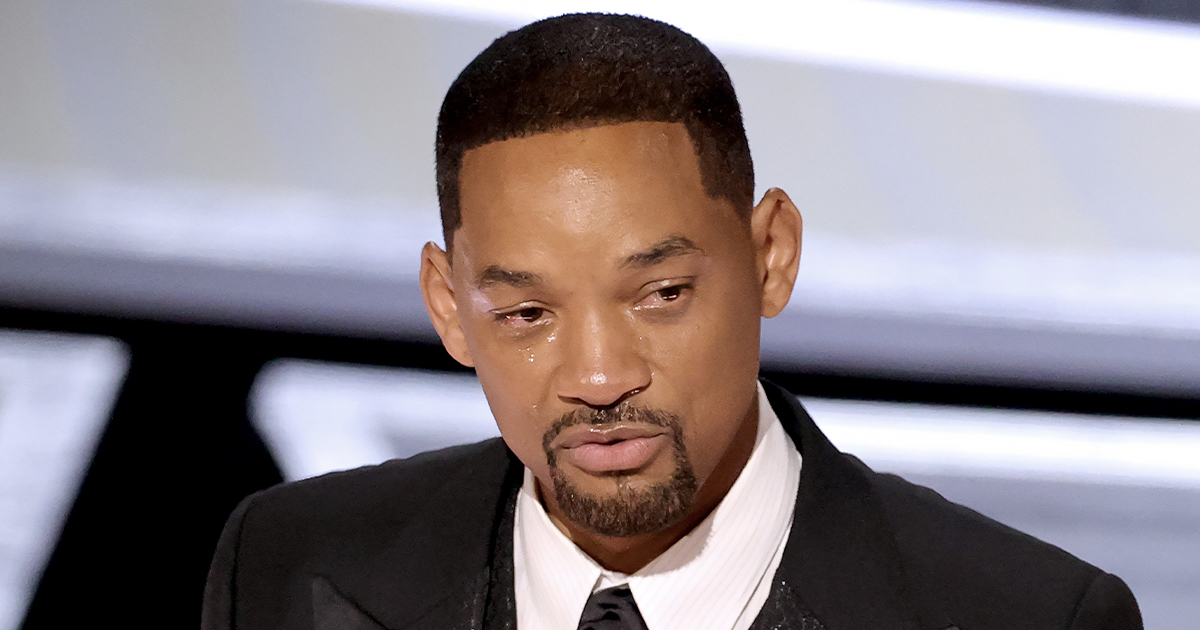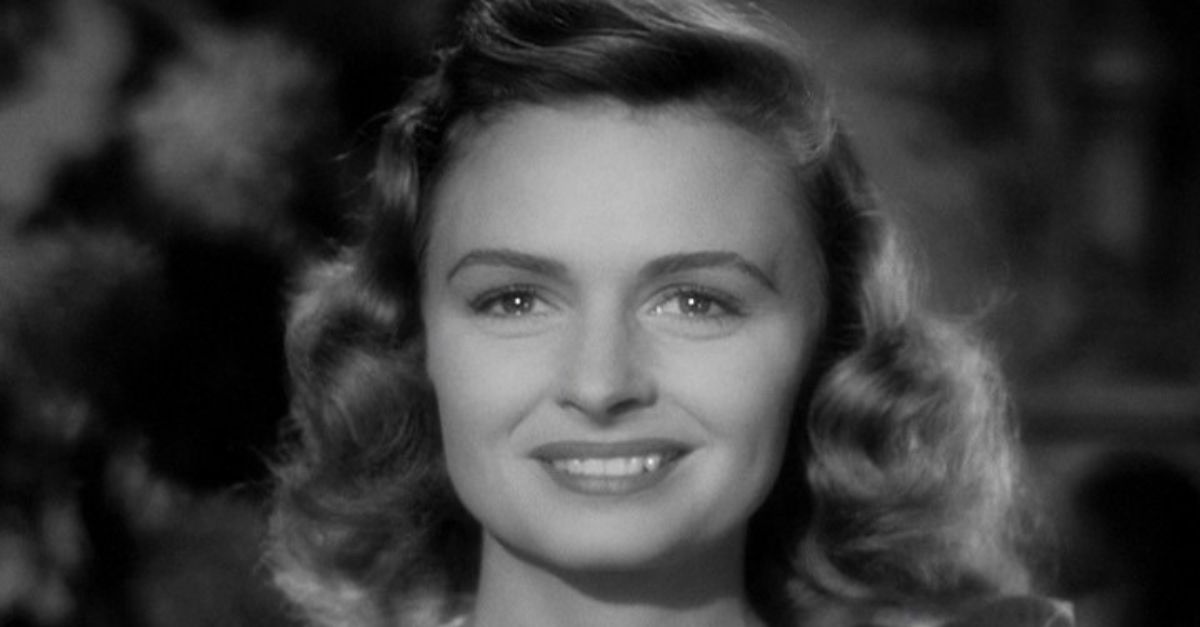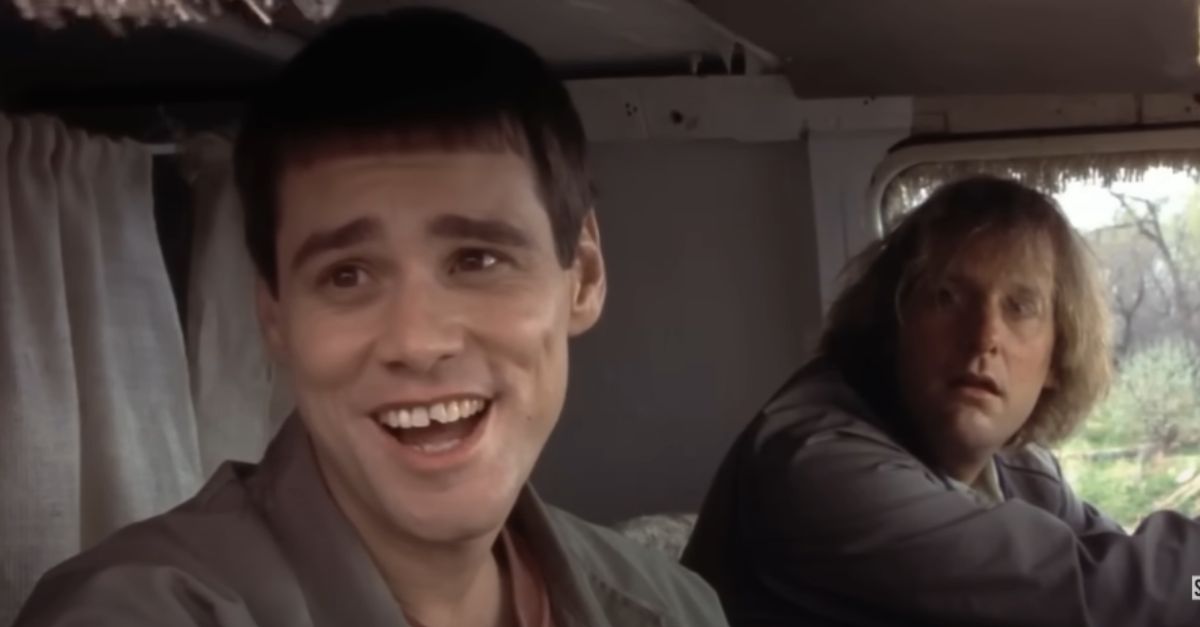The Untamed Icons Of The Roaring Twenties
Some trends come and go, but flappers stayed. These fearless women turned the Roaring Twenties into a cultural firestorm. They didn’t wait for permission to live freely. Let’s go back in time and look at exactly how they did what they did.
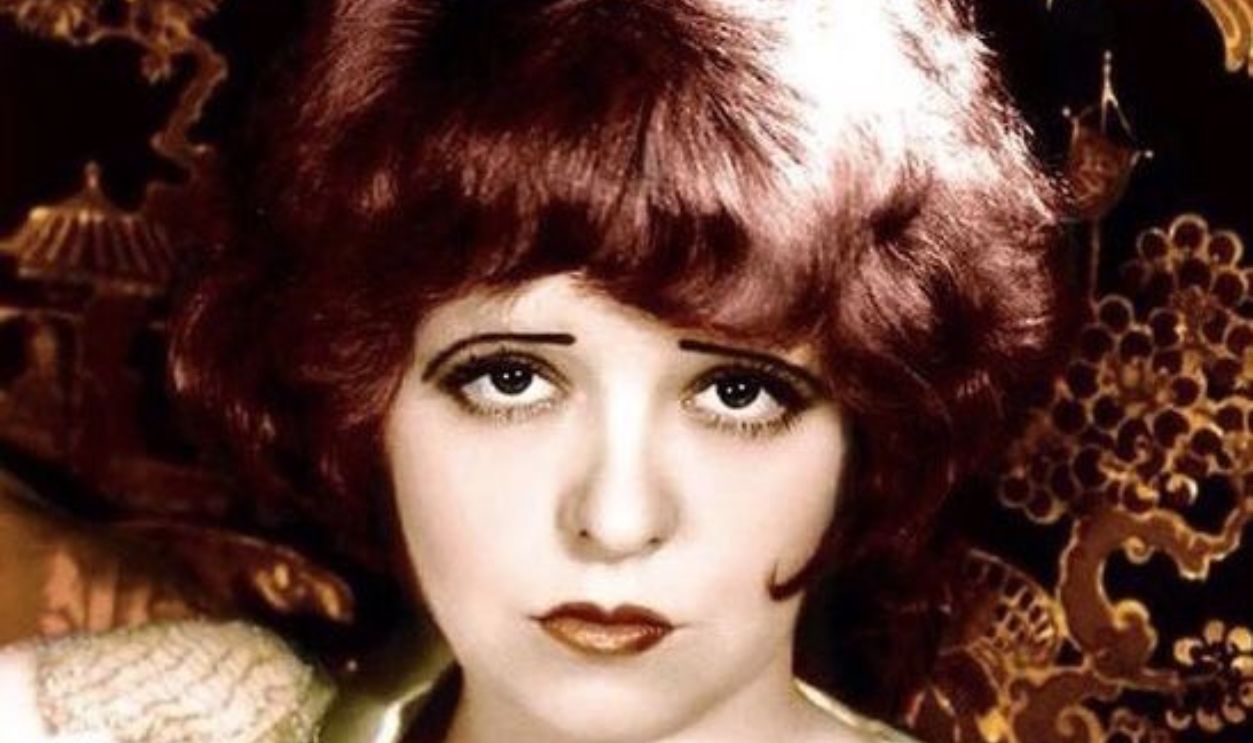
Origin Of The Term
The word “flapper” first gained popularity in the 1910s, but its meaning evolved by the 1920s. Some say it came from young women flapping their arms while dancing, while others trace it to British slang for rebellious girls. Either way, it became synonymous with defiant, free-spirited women.
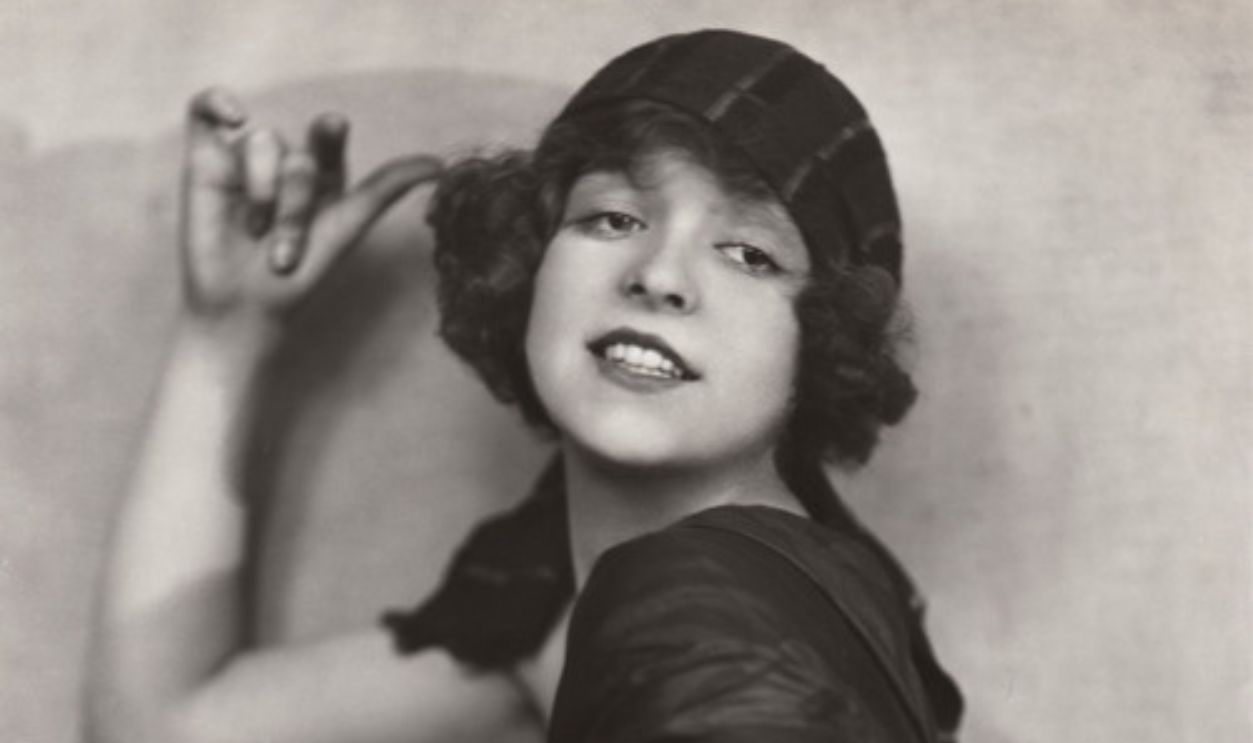 Nickolas Muray, Wikimedia Commons
Nickolas Muray, Wikimedia Commons
Dancing The Charleston
The Charleston dance was considered to be wild for polite society. However, it was the flappers who came to the rescue to break yet another stereotype. They swayed their knees and twirled to fast-paced jazz. Perhaps it was their way of showing that they refused to play by old rules.
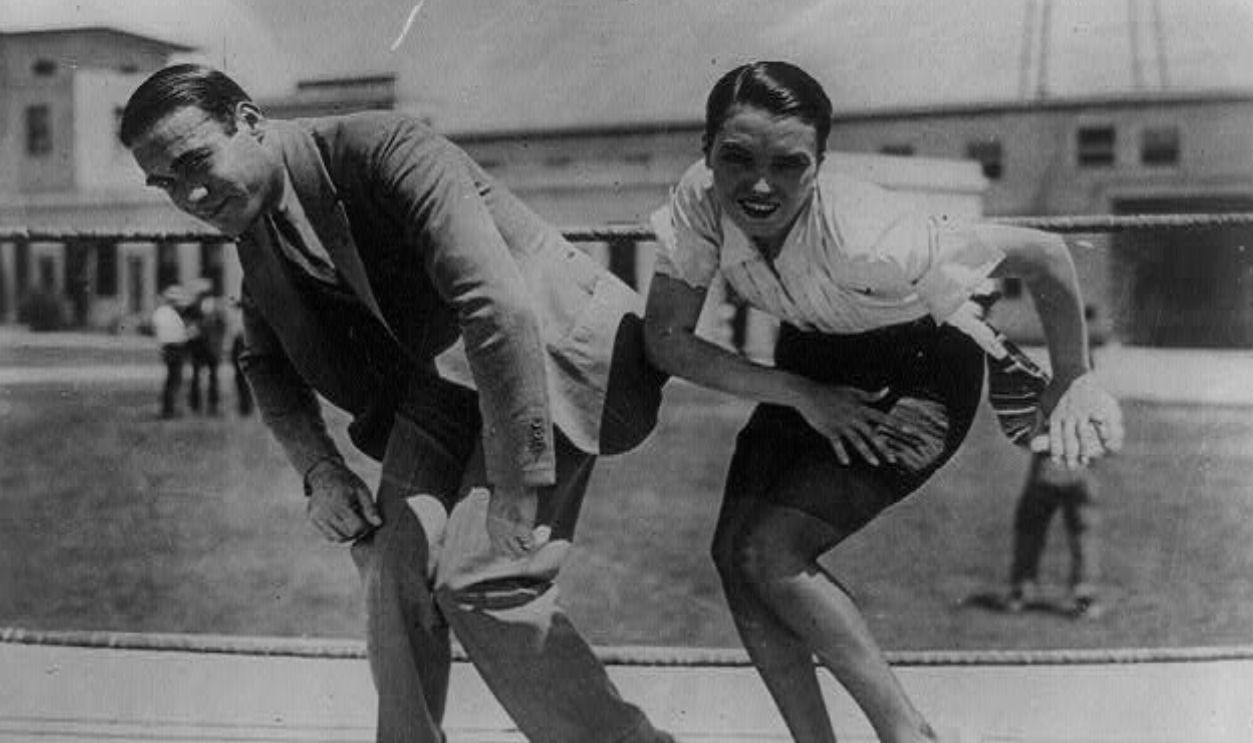 Unknown photographer, National Photo Company, Wikimedia Commons
Unknown photographer, National Photo Company, Wikimedia Commons
Dropped Waistlines
While they may not be such a big deal now, dropped waistlines were super controversial back then. Of course, flappers took matters into their own hands by embracing the design that included a silhouette hanging loosely over hips. The style was perfect for Charleston dancing.
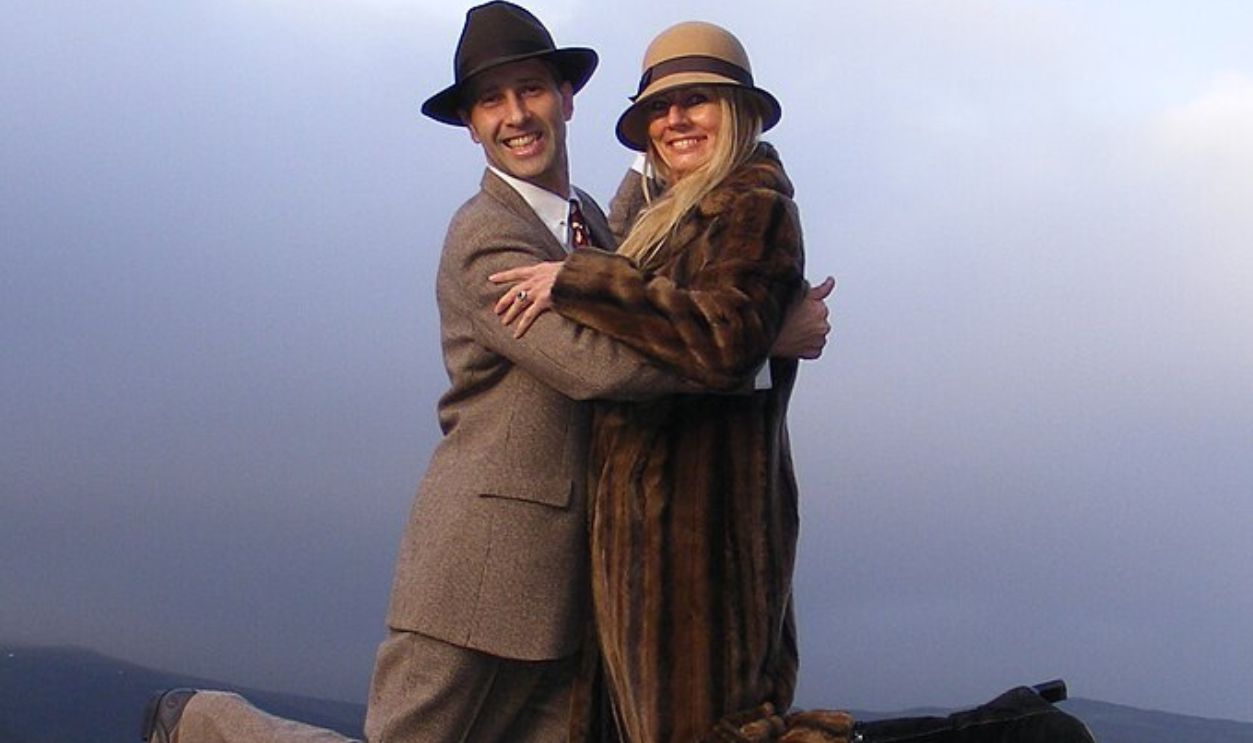 Anthonydpadgett, CC BY-SA 4.0, Wikimedia Commons
Anthonydpadgett, CC BY-SA 4.0, Wikimedia Commons
Short Hairstyles
Women were expected to have long, luscious hair, but flappers had other plans. They shocked society by chopping their hair into bobs, eton crops, and shingle cuts. Here, it wasn’t just about cutting hair short; it was a symbol of freedom and independence.
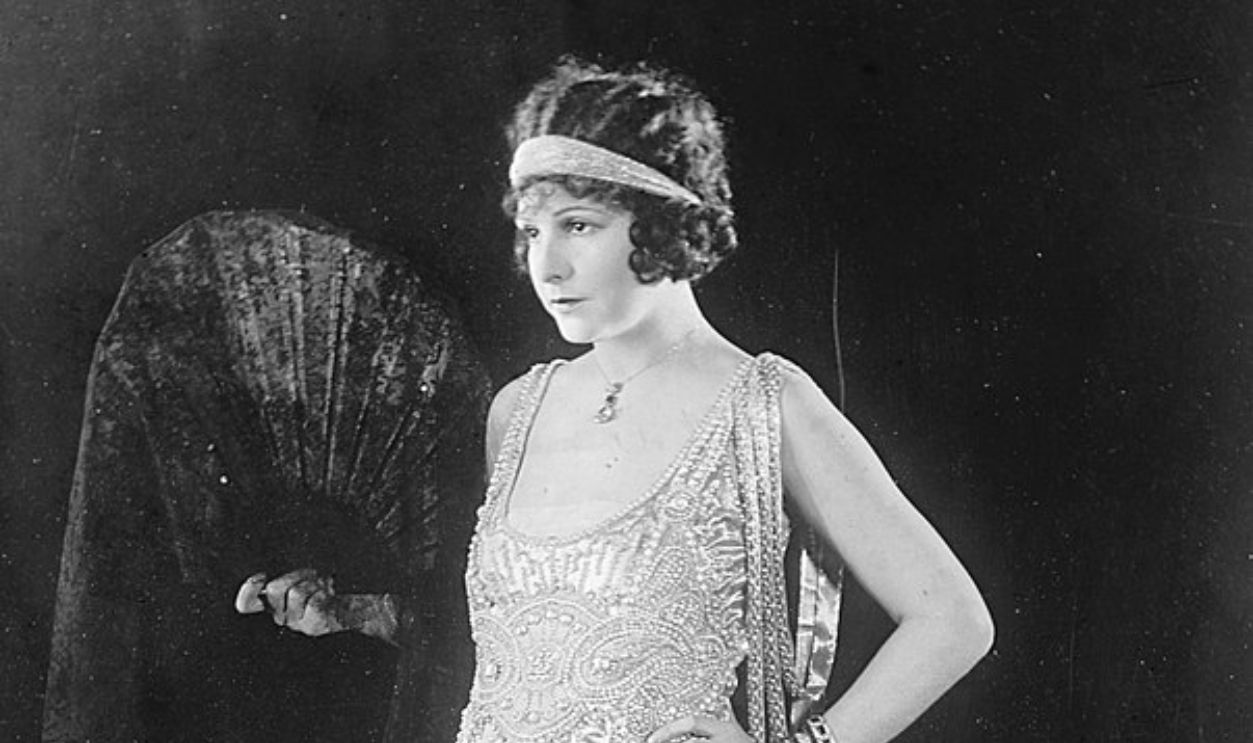 Bain News Service; Beyond My Ken, Wikimedia Commons
Bain News Service; Beyond My Ken, Wikimedia Commons
Bold Makeup
Flappers embraced dramatic makeup at a time when painted faces were associated with stage performers. These women demonstrated that makeup doesn’t have to be just for the stage. Breaking the traditional look, they used kohl, lipsticks to define their cupid’s bow, and much more.
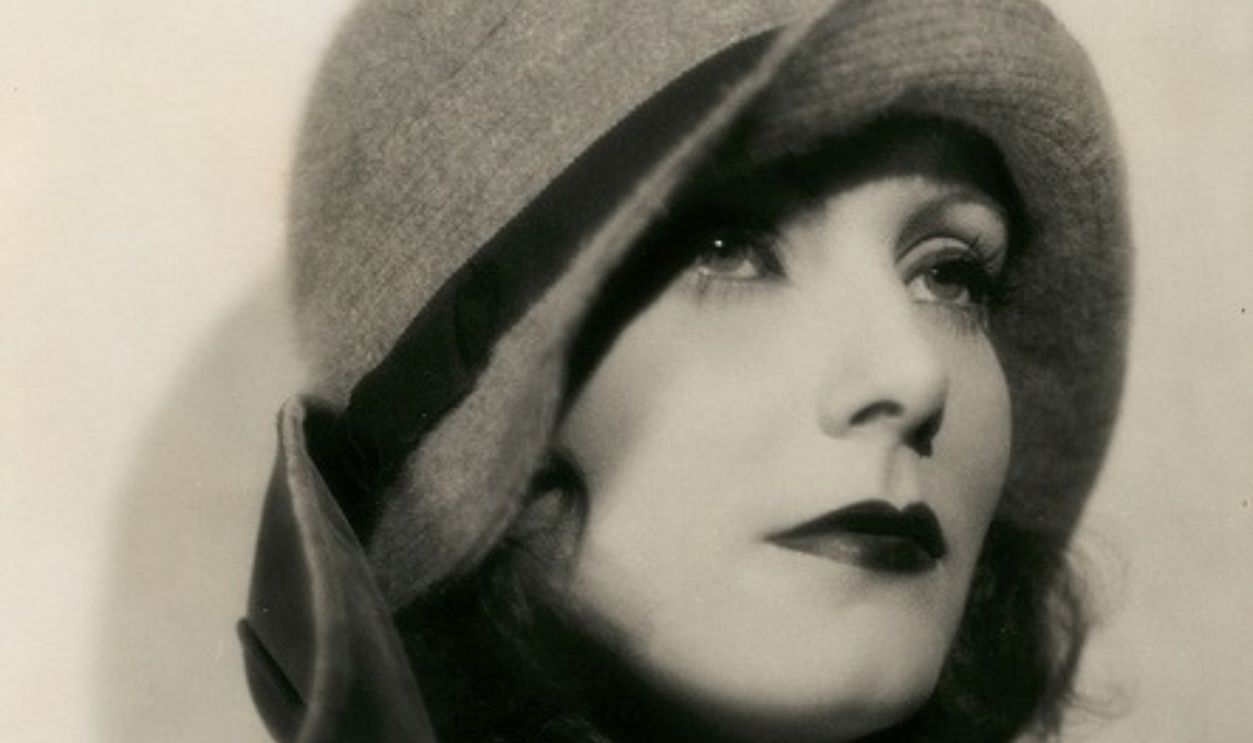 Ruth Harriet Louise (1903−1940), Wikimedia Commons
Ruth Harriet Louise (1903−1940), Wikimedia Commons
Colored Nail Polish
Cutex introduced liquid nail polish in 1917, but no one embraced it as eagerly as the Flappers did. You see, women used to buff their nails for a natural shine before this, but with nail polish now available, flappers took on bold colors. Their fingertip reflected their daring personalities.
Shortened Hemlines
Flapper skirts started just below the knee—a scandal compared to the floor-length dresses of previous decades. By 1927, hemlines had risen dramatically, revealing ankles and even knees. The shorter length was both stylish and practical for movement, especially on crowded dance floors.
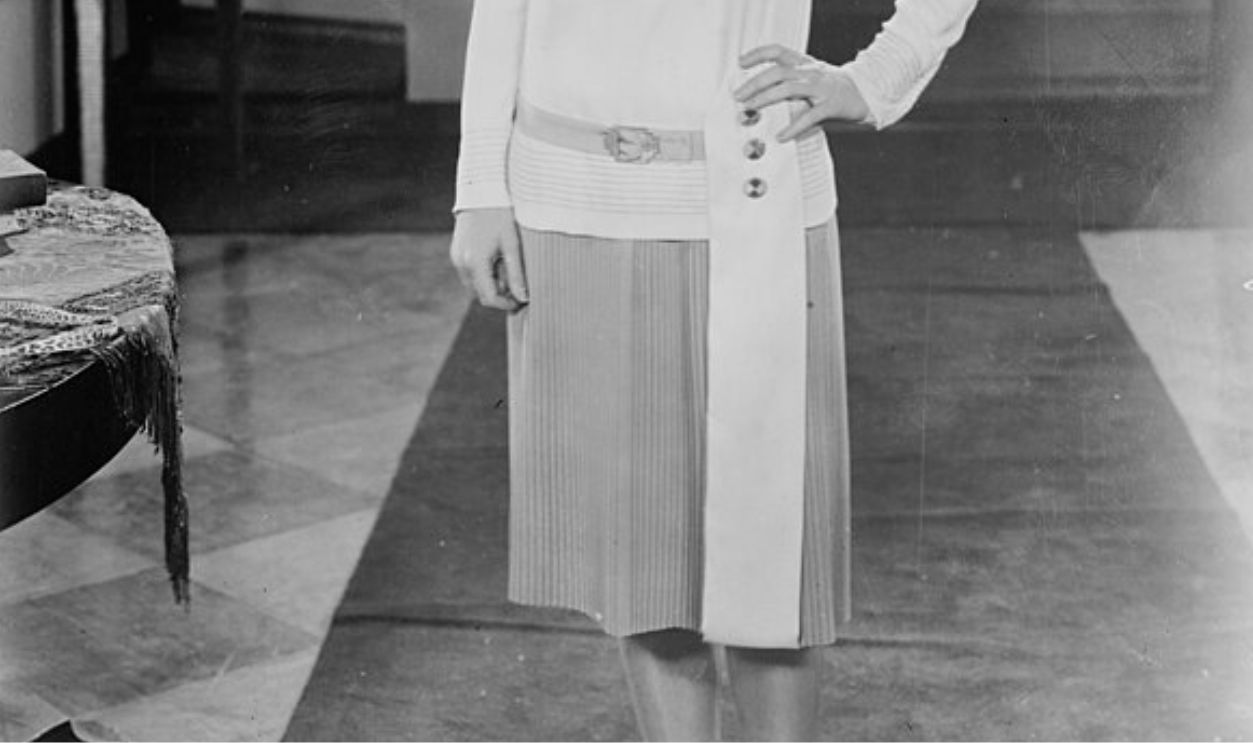 Bain News Service, Wikimedia Commons
Bain News Service, Wikimedia Commons
Cloche Hats
No flapper look was complete without a cloche hat. These close-fitting, bell-shaped hats hugged the head, perfectly complementing short hairstyles. Worn low over the eyes, they gave women a mysterious aura. The trend also found its way to Europe and America in the late 1920s.
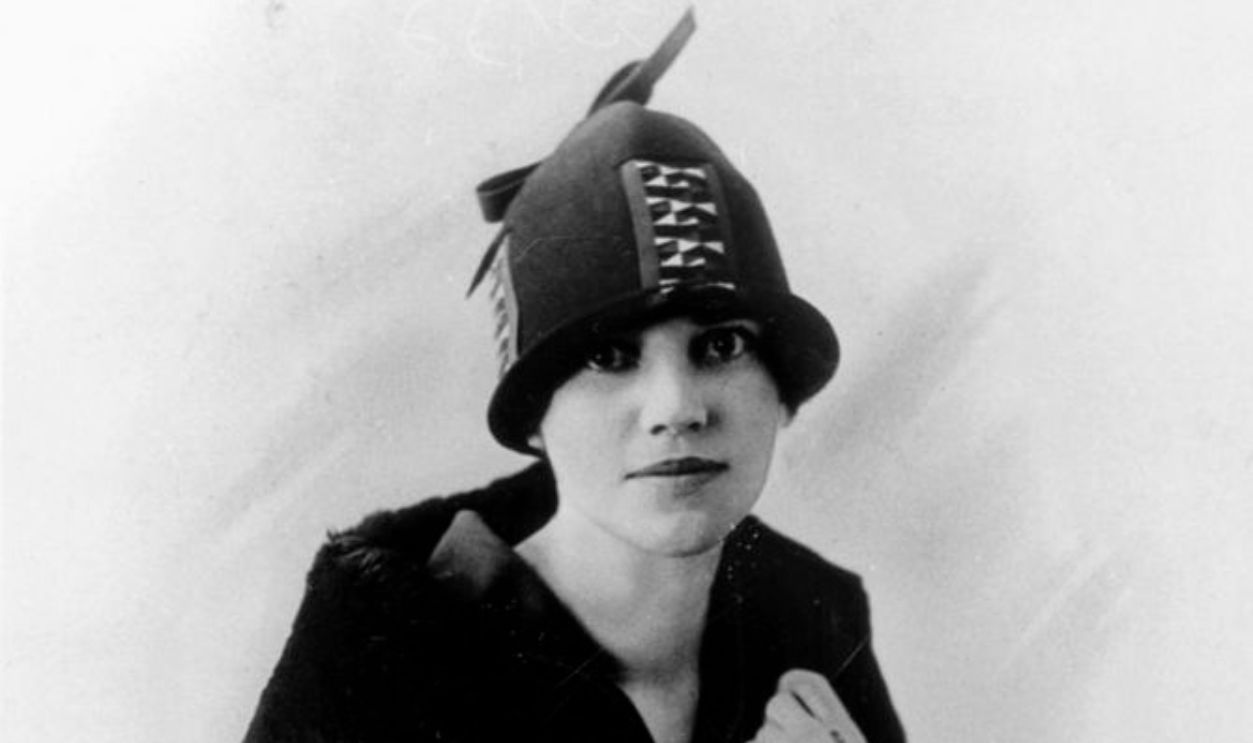 Unknown Author, Wikimedia Commons
Unknown Author, Wikimedia Commons
Silk Stockings & Garters
Silk stockings may seem normal now, but it was the flappers that made them famous. The stockings were rolled down and secured with garters for a relaxed, playful look. For extra pizzaz, some even used eyebrow pencils to draw seams on their legs when stockings were unaffordable.
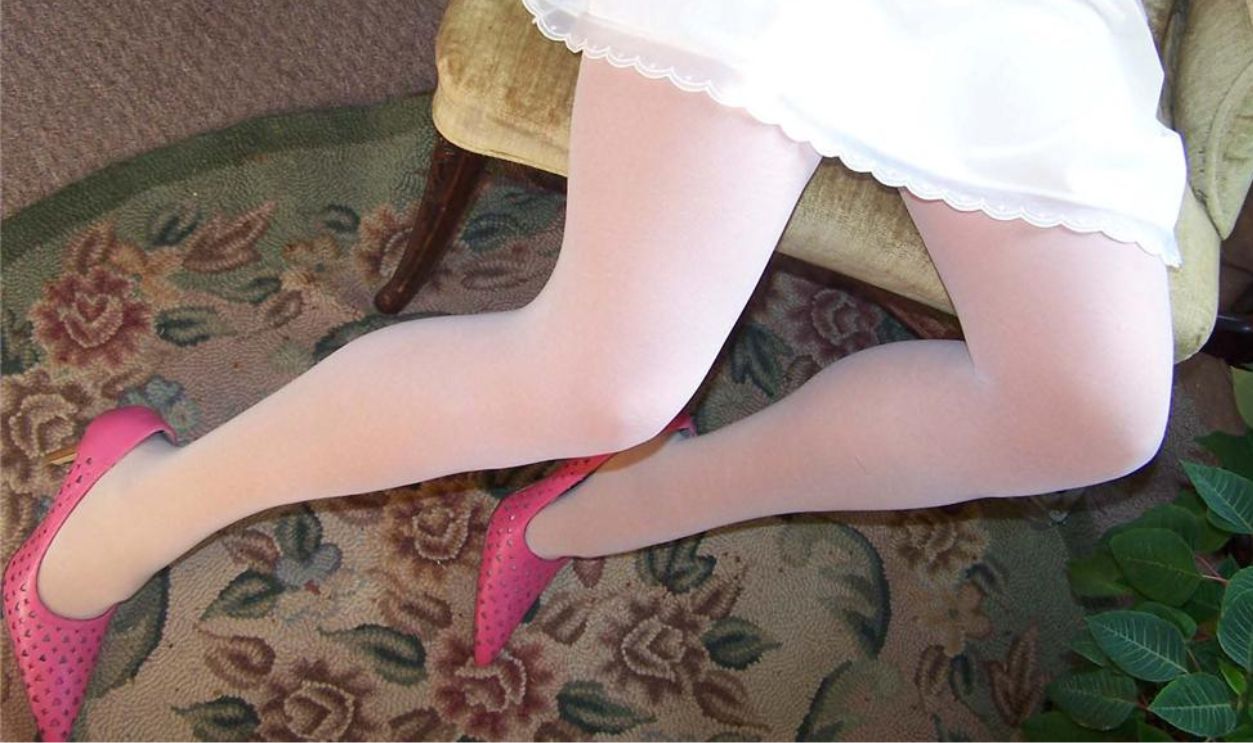 Tranquil Garden, CC BY-SA 3.0, Wikimedia Commons
Tranquil Garden, CC BY-SA 3.0, Wikimedia Commons
Smoking In Public
Now, smoking isn’t encouraged for anyone, but the reactions women got were much worse than men. In fact, it was quite normal for a man to smoke in public. Cigarettes became an accessory of independence, and tobacco companies took notice, marketing them as “torches of freedom”.
Drinking During Prohibition
Just like smoking, drinking wasn’t particularly advertised as the best thing ever. Despite prohibition making alcohol illegal in the US, flappers were regulars at underground speakeasies. They drank bootlegged cocktails and ratified that outdated laws wouldn’t control them.
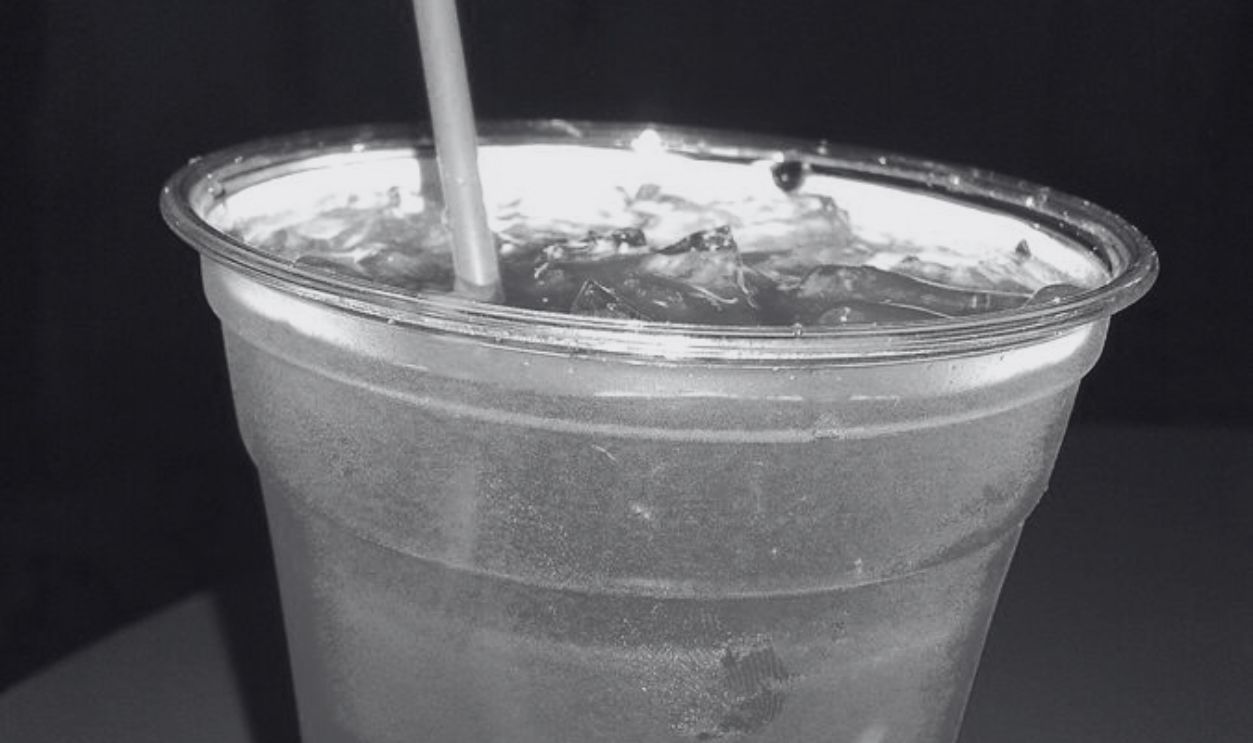 Al Pavangkanan from Van Nuys, USA, CC BY 2.0, Wikimedia Commons
Al Pavangkanan from Van Nuys, USA, CC BY 2.0, Wikimedia Commons
Automobile Use
In a time when everyone was waiting around for a chauffeur, flappers thought differently. They got behind the wheel and went where they needed to be. With Ford’s affordable Model T, young women could speed off to anywhere they pleased—no male escort required. The road to freedom was open.
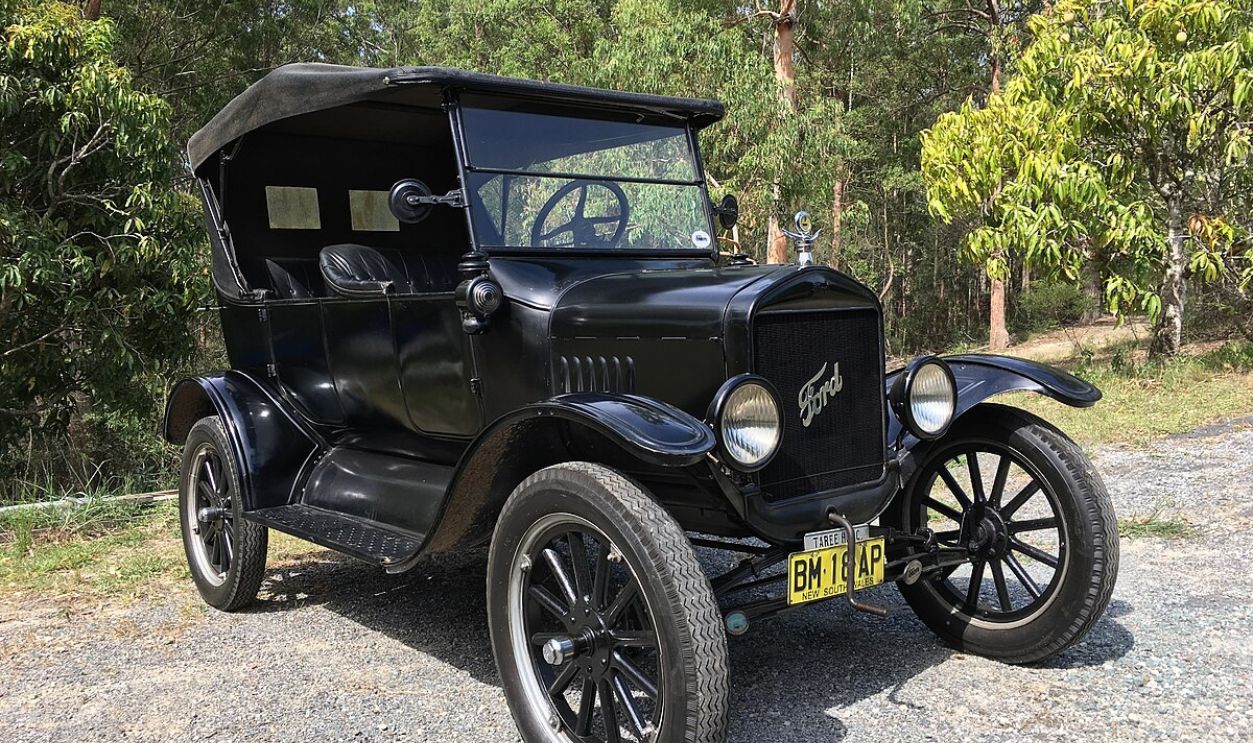 ModelTMitch, CC BY-SA 4.0, Wikimedia Commons
ModelTMitch, CC BY-SA 4.0, Wikimedia Commons
Casual Dating & Romance
Back then, dating was courting. This means seeing someone for a little while before deciding to get married. Since flappers broke this tradition, casual dating, once taboo, became the norm. Women could now choose their own partners, which was unheard of before.
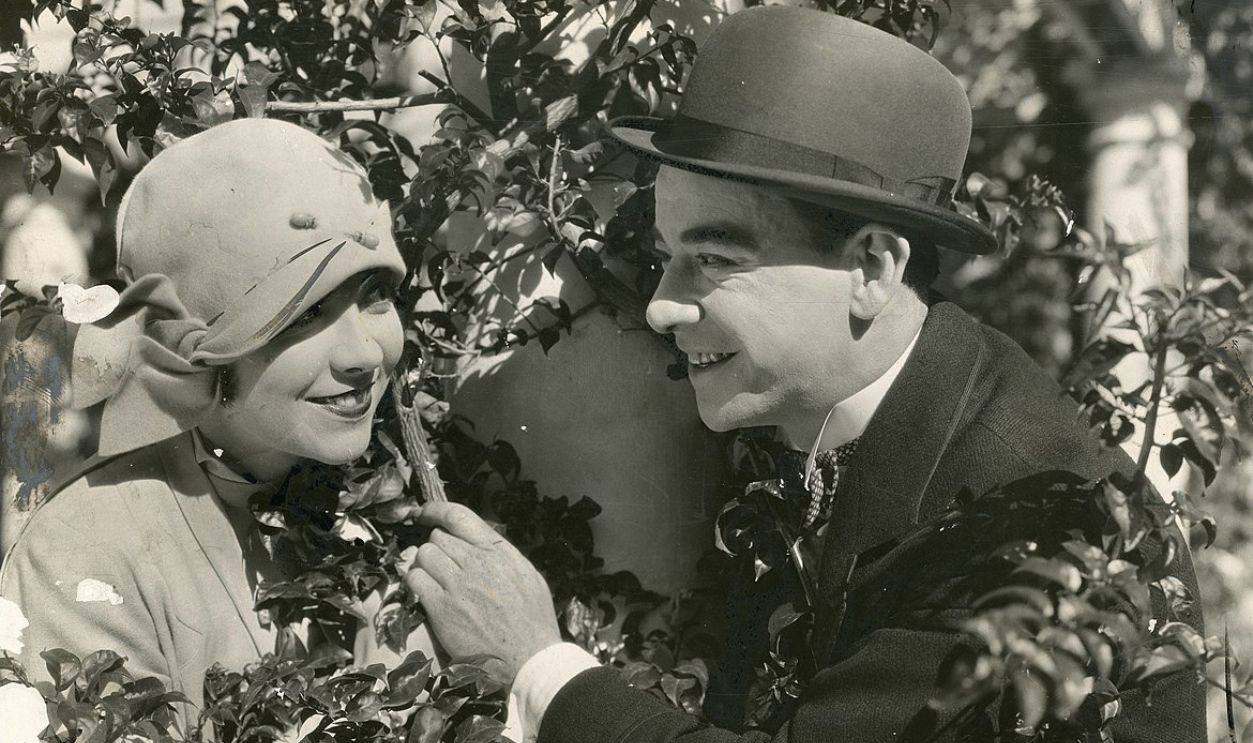 University of Washington, Wikimedia Commons
University of Washington, Wikimedia Commons
Public Kissing
What if you couldn’t give your partner a little peck in public? Sounds stupid, right? Well, such was the case in the 1920s. Flappers openly kissed partners in public. Hollywood helped popularize the trend, with silent film stars like Clara Bow making passionate embraces look glamorous rather than improper.
Flappers In Gambling
Why should men have all the fun? Flappers frequented illegal gambling halls, placing bets on poker and roulette tables. Even Monte Carlo saw an increase in women gamblers. This move was beyond winning and proving they could play by the same rules as men.
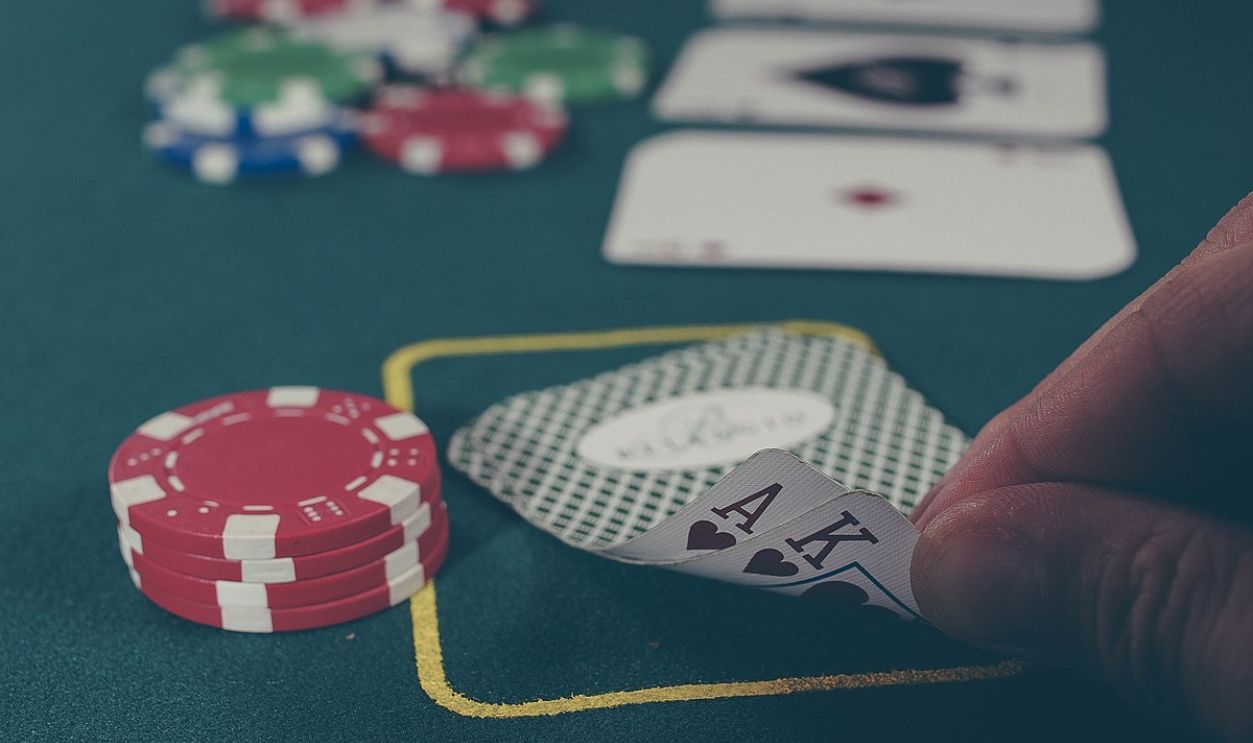 Michal Parzuchowski mparzuchowski, CC0, Wikimedia Commons
Michal Parzuchowski mparzuchowski, CC0, Wikimedia Commons
Flapper Magazines
To understand the depth of the impact Flappers had, you need to understand that they even had their own magazines. Publications like The Flapper and Smart Set celebrated their style and opinions. Articles covered everything from nightlife tips to fashion trends, reinforcing their identity as independent women shaping the decade.
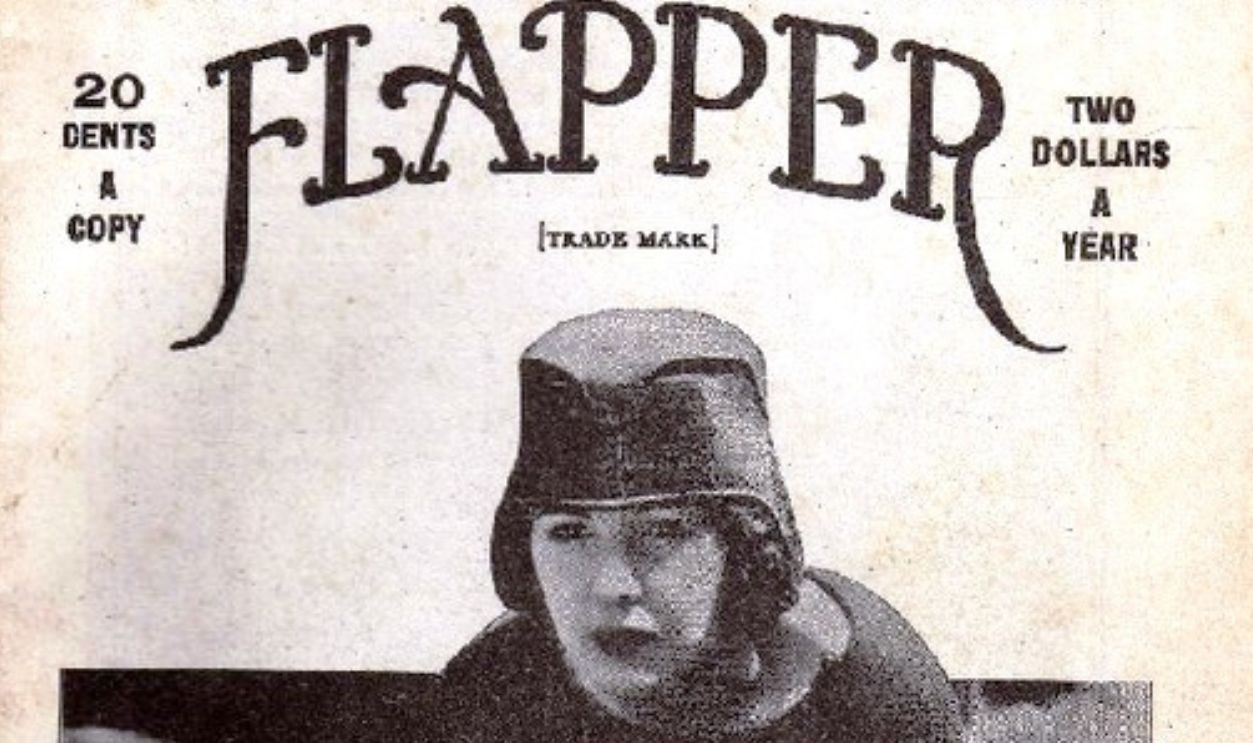 International Newsreel., Wikimedia Commons
International Newsreel., Wikimedia Commons
Flapper Slang
When it came to breaking the rules, no one did it better than them. This also came in the form of Flappers making their own slang. “Bee’s knees” meant excellent, “zozzled” meant drunk, and a “sheik” was a handsome man. Their playful language reflected their carefree attitude.
Flapper Films
Magazines, slang, and now it was the movies. Hollywood was quick to embrace the flapper craze. Actresses like Clara Bow, known as the “It Girl,” personified their carefree energy. Silent films like Our Dancing Daughters glamorized their wild lifestyle. They became a pop culture icon.
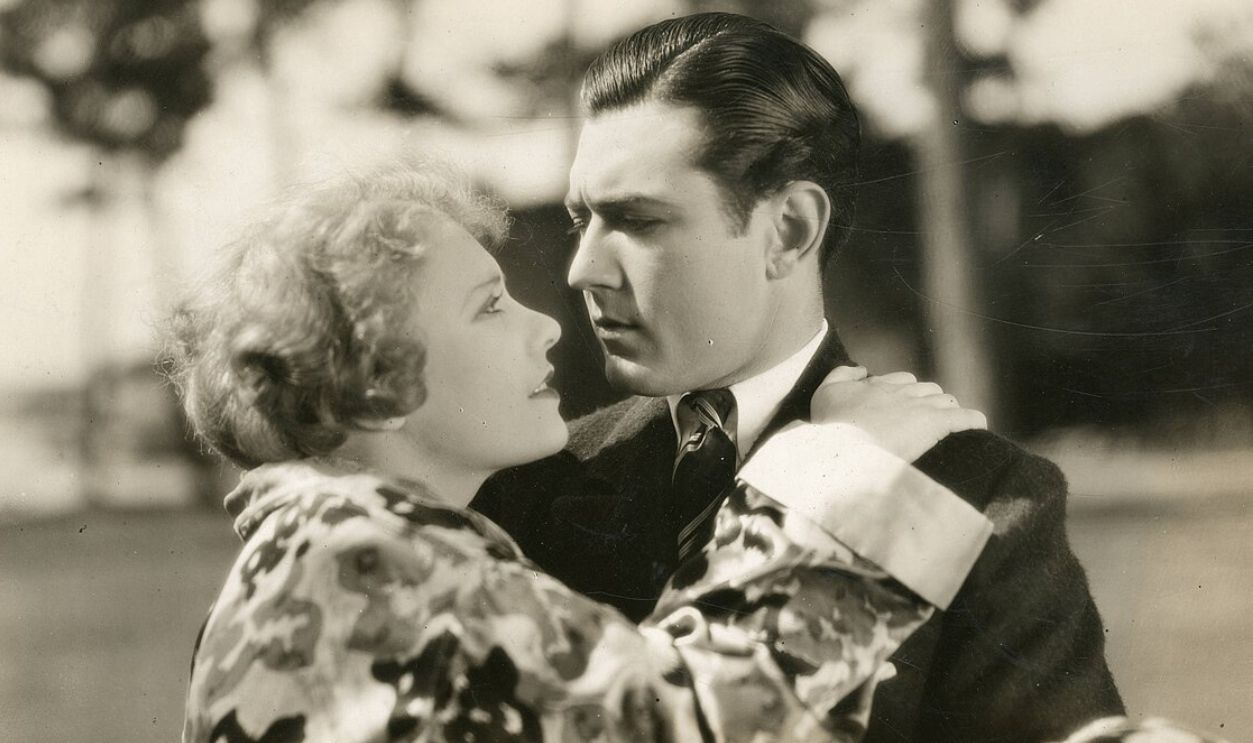 University of Washington, Wikimedia Commons
University of Washington, Wikimedia Commons
Literary Influence
Of course, it did not stop there. F Scott Fitzgerald’s The Great Gatsby painted a dazzling picture of the era, while Anita Loos’s Gentlemen Prefer Blondes captured the humor and wit of flapper women. Their stories were as unforgettable as their style.
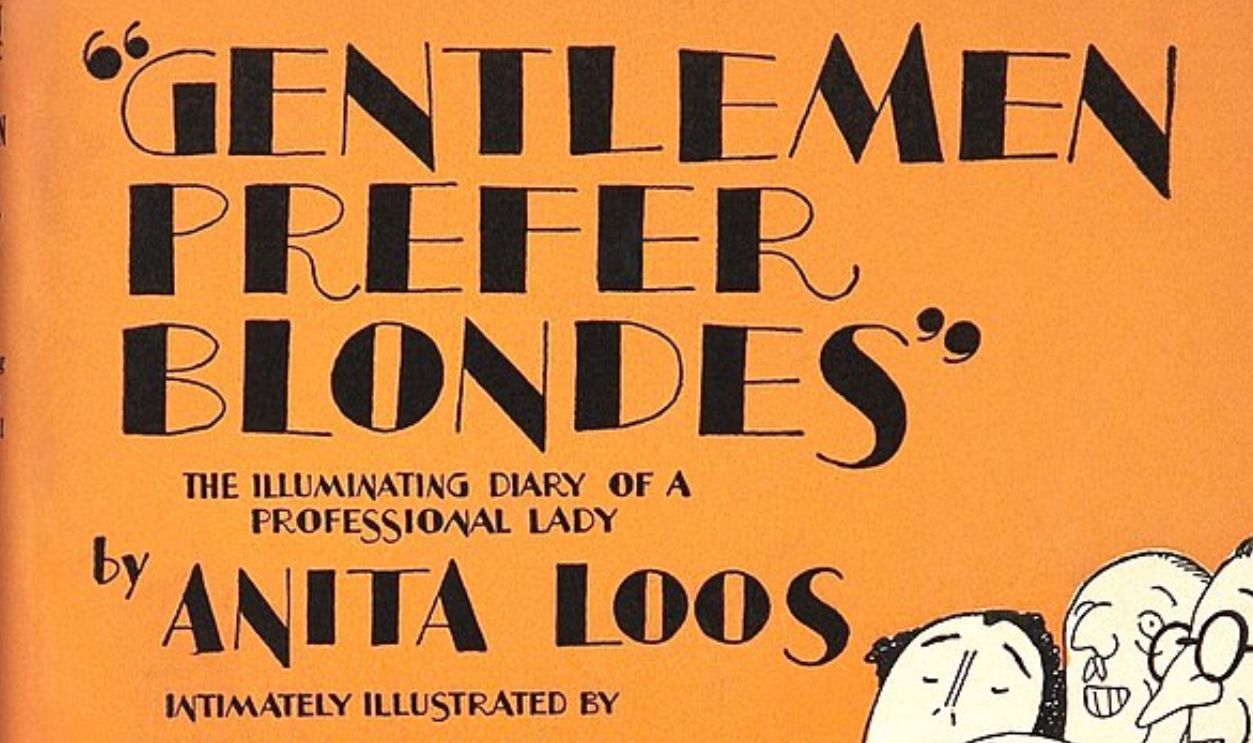 Ralph Barton, Wikimedia Commons
Ralph Barton, Wikimedia Commons
Speakeasy Culture
Since we’ve mentioned speakeasies many times, it is obvious that they were a big part of the culture back then. These places were hidden behind secret doors and passwords; they were flappers’s playgrounds. Women no longer needed a supervised location to enjoy a night out—they arrived on their own terms.
Flappers & Jazz
How could flappers leave music behind? The flapper era and jazz were inseparable. The music perfectly matched their rebellious spirit. They packed nightclubs to see legends like Louis Armstrong and Duke Ellington swaying to the saxophone and ignoring critics who called jazz “the devil’s music”.
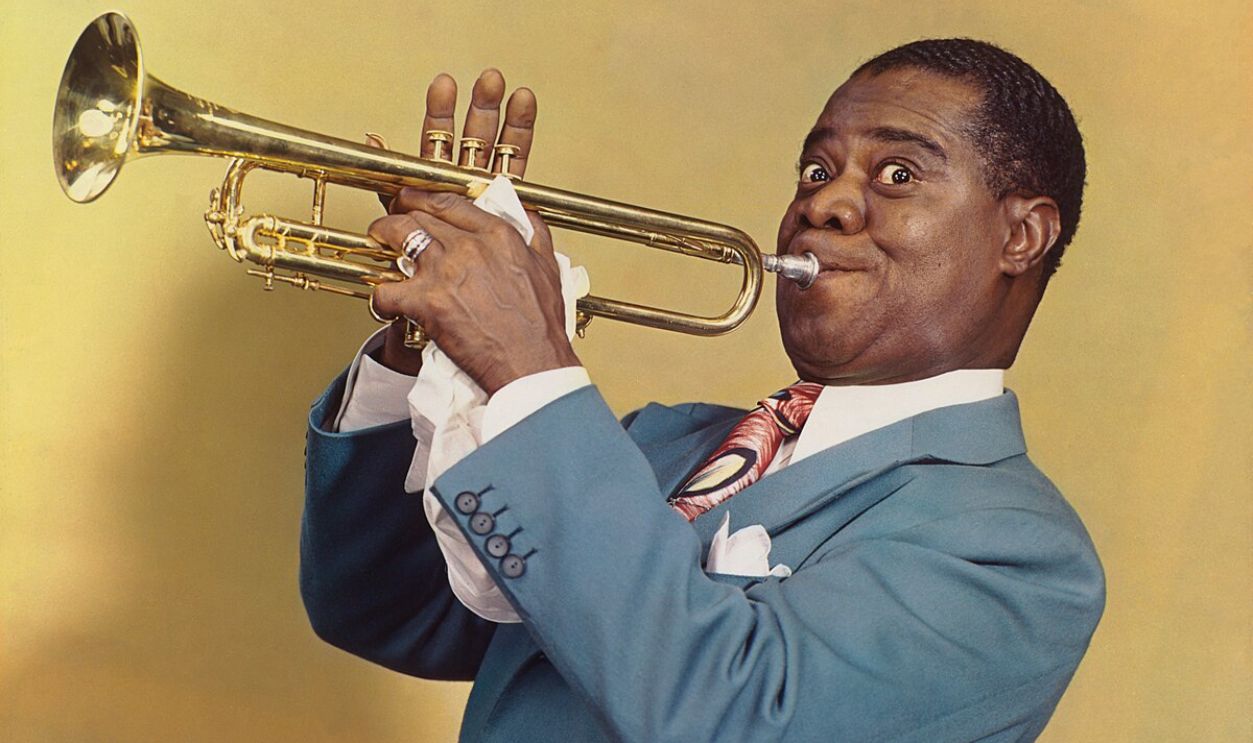 Harry Warnecke, CC0, Wikimedia Commons
Harry Warnecke, CC0, Wikimedia Commons
Flappers & Perfume
Scent was part of the flapper identity. Chanel No 5, launched in 1921, became the fragrance of the modern woman. Unlike traditional floral perfumes, it had a bold, musky scent. Wearing it was about smelling good and exuding confidence and independence.
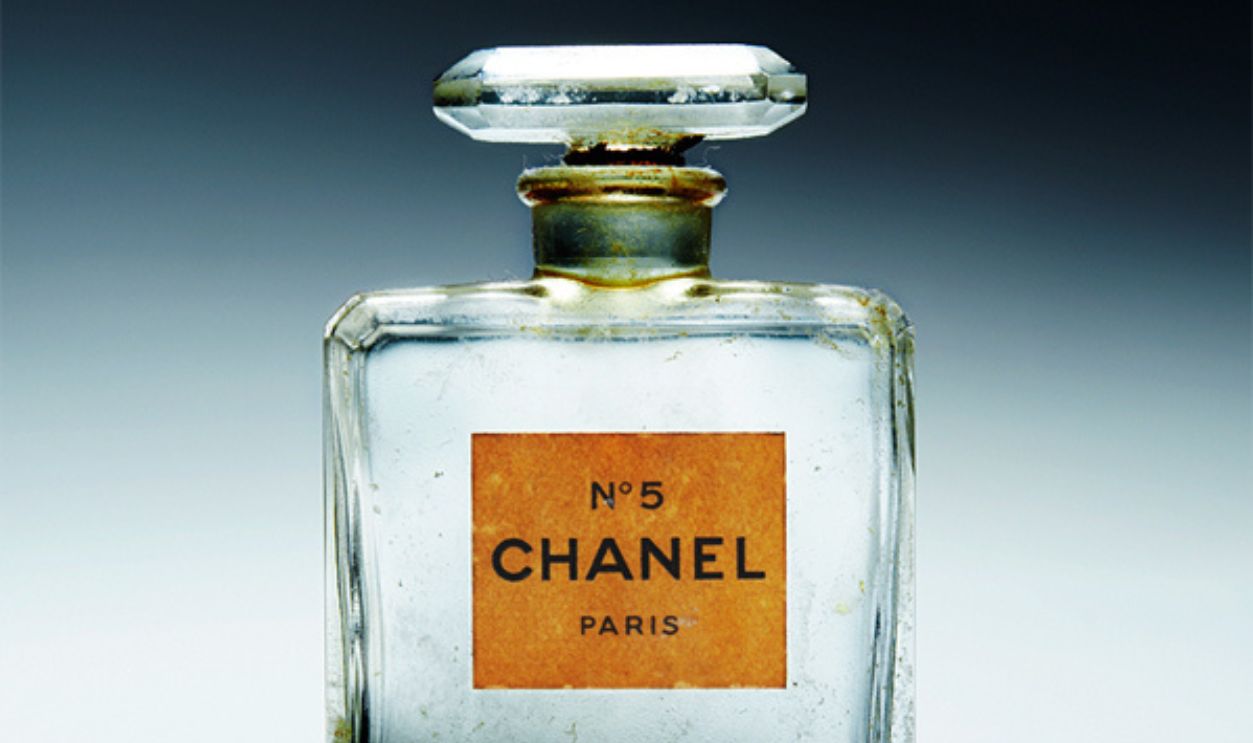 Austin Calhoon, CC BY-SA 3.0, Wikimedia Commons
Austin Calhoon, CC BY-SA 3.0, Wikimedia Commons
Flapper-Inspired Advertising
Flappers? They are more like trendsetters. These women used their image to sell everything from houses to cars. Beauty brands pushed bold red lipsticks and dark mascara. Since they were often the first ones to adopt a new style, it made perfect sense to get them to advertise it, too!
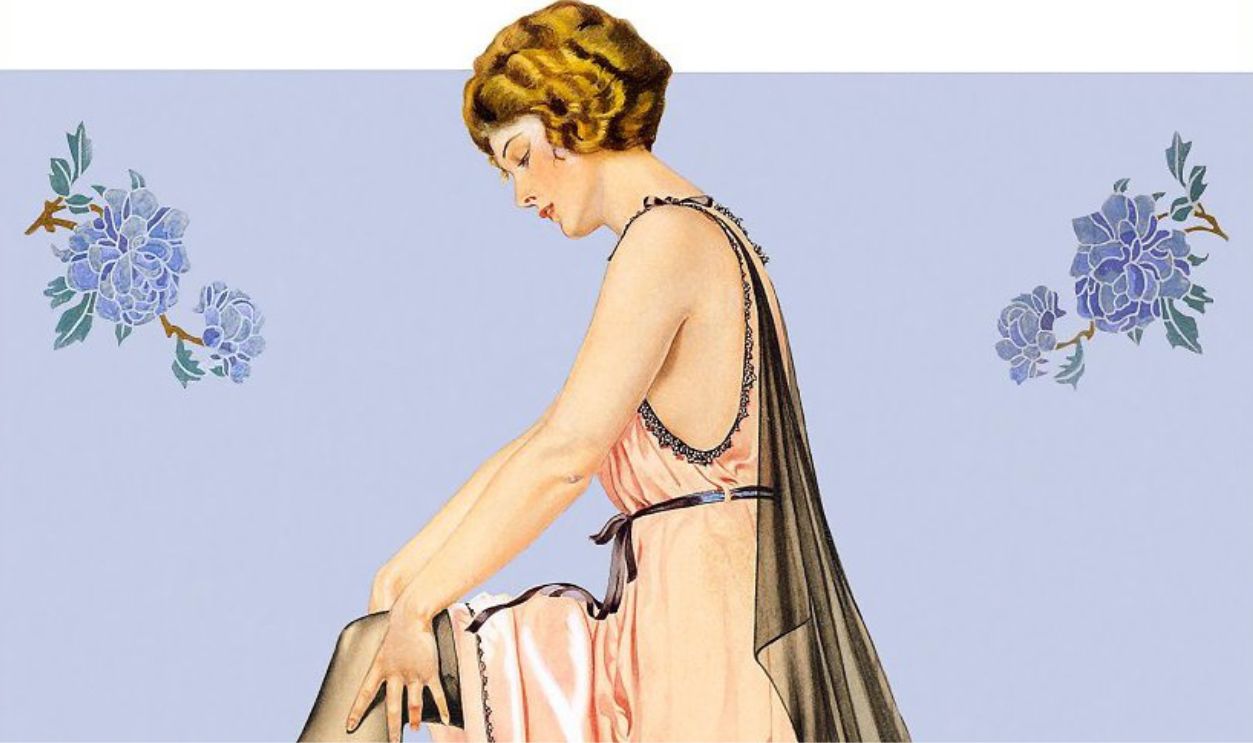 Coles Phillips, Wikimedia Commons
Coles Phillips, Wikimedia Commons
Flapper-Owned Businesses
While they were famous as party girls, flappers were also savvy businesswomen. They had their own salons, boutiques, dressing stores, and even speakeasies. These women took financial control of their lives, proving that independence was also about making their own way in the world.
Political Engagement
Fun had its place, and business had its own. In 1902, the 19th Amendment passed. Women embraced their political power. Some joined activist groups, while others simply made a statement by showing up at the polls—often wearing their signature short skirts and bold lipstick.
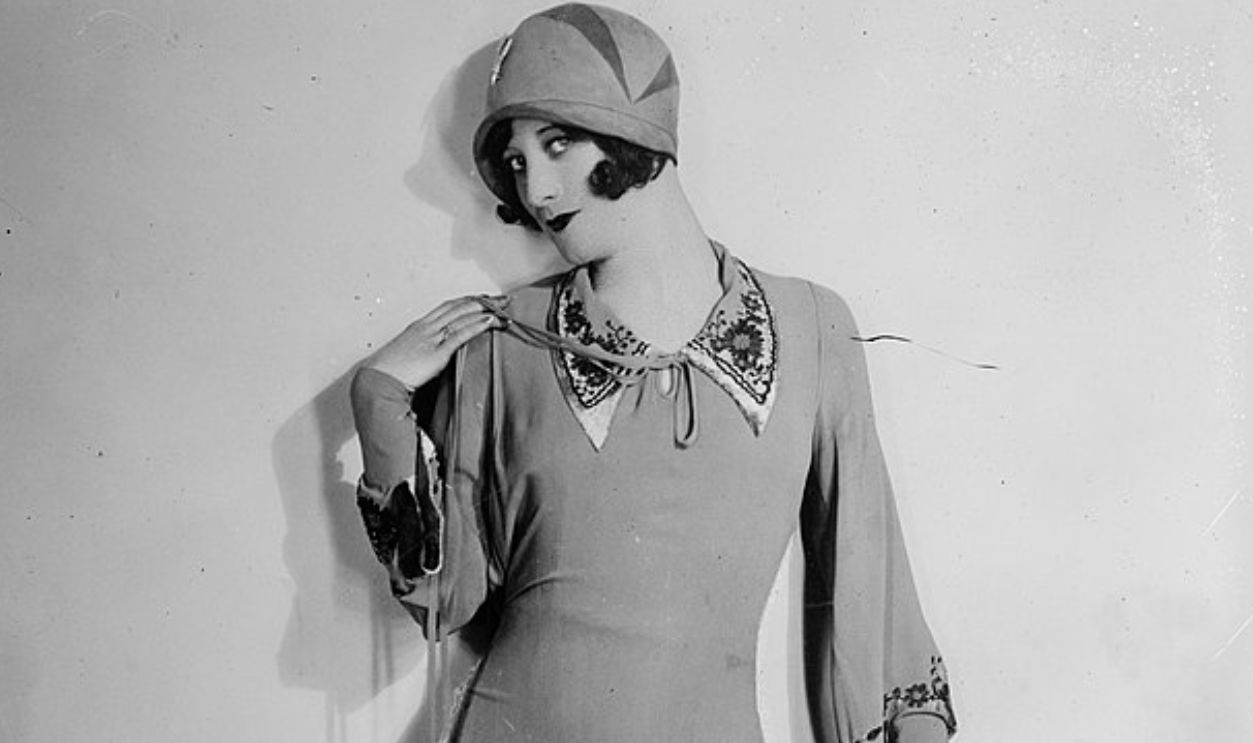 Bain News Service, Wikimedia Commons
Bain News Service, Wikimedia Commons
Birth Control Advocacy
Body autonomy is even a topic of discussion today. So, imagine what it was like in the 1920s. Thankfully, we had flappers. Flappers were among the first women to openly discuss birth control. They supported Margaret Sanger’s efforts to make contraception accessible, challenging the norms at the time.
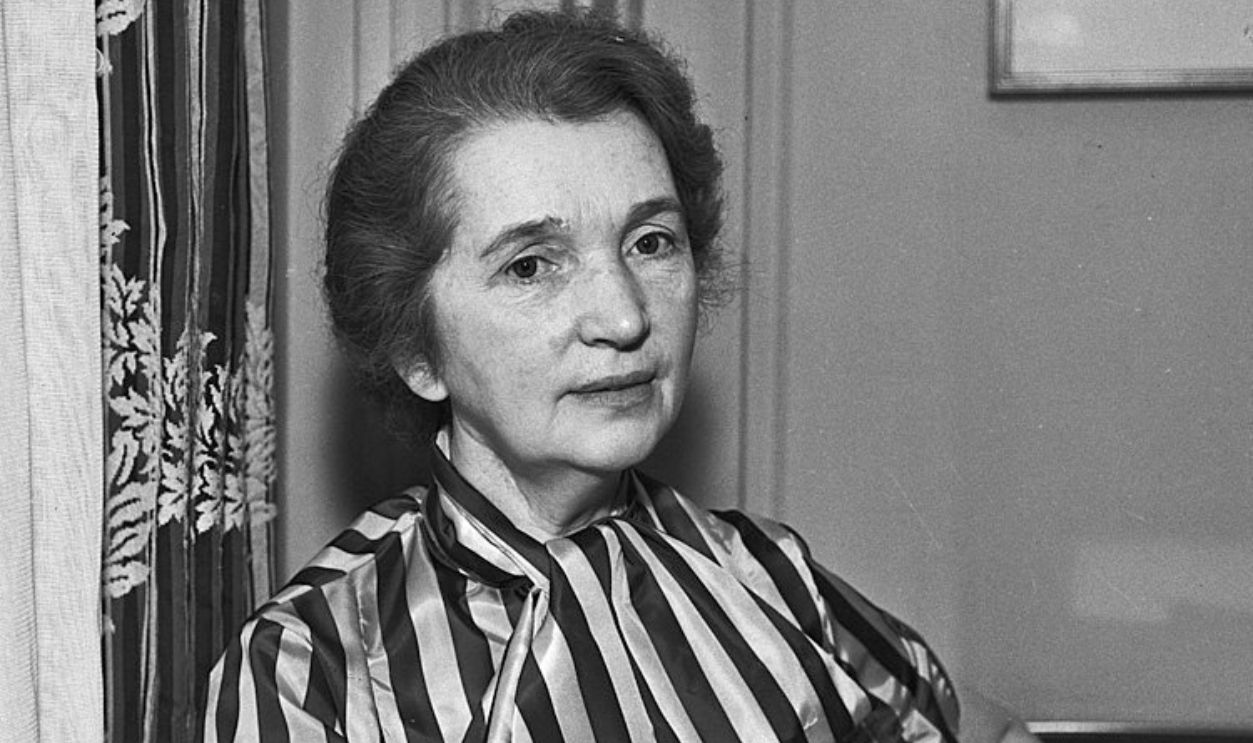 Los Angeles Times, CC BY 4.0, Wikimedia Commons
Los Angeles Times, CC BY 4.0, Wikimedia Commons
Rejection Of Corsets
Many see corsets as a metaphor for caging women, and flappers had the same view. They tossed them aside and opted for loose, straight-cut dresses that allowed them to breathe, move, and dance freely. It was a declaration that women’s bodies didn’t have to conform to outdated beauty standards.
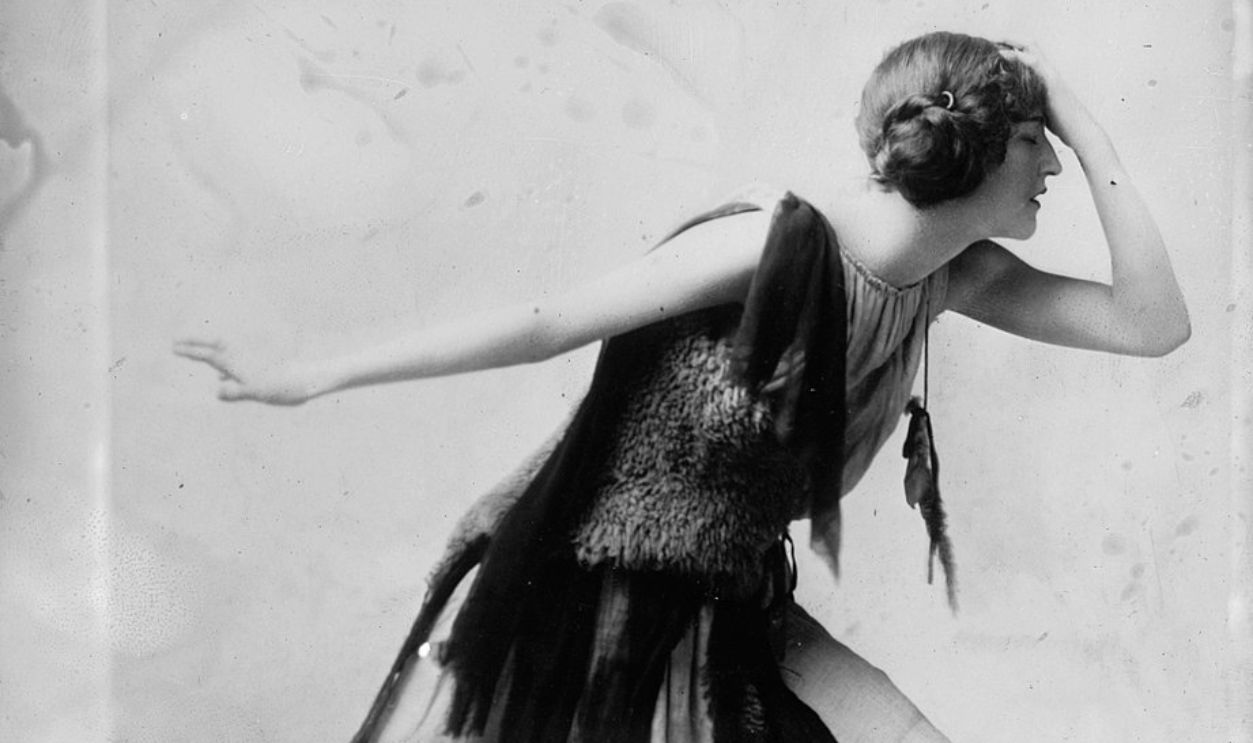 Bain News Service, Wikimedia Commons
Bain News Service, Wikimedia Commons
Economic Independence
More women than ever joined the workforce in the 1920s, and flappers led the charge. They worked as office clerks, shop assistants, and even journalists. Earning their own money meant they didn’t have to rely on husbands or fathers. Financial freedom was just as important as social freedom.
Public Speaking
This one definitely shouldn’t come as a surprise. Women like Dorothy Parker and Edna St Vincent Millay used their sharp wit to challenge societal norms. Whether through poetry, humor, or activism, flappers proved their voices were just as powerful as their style.
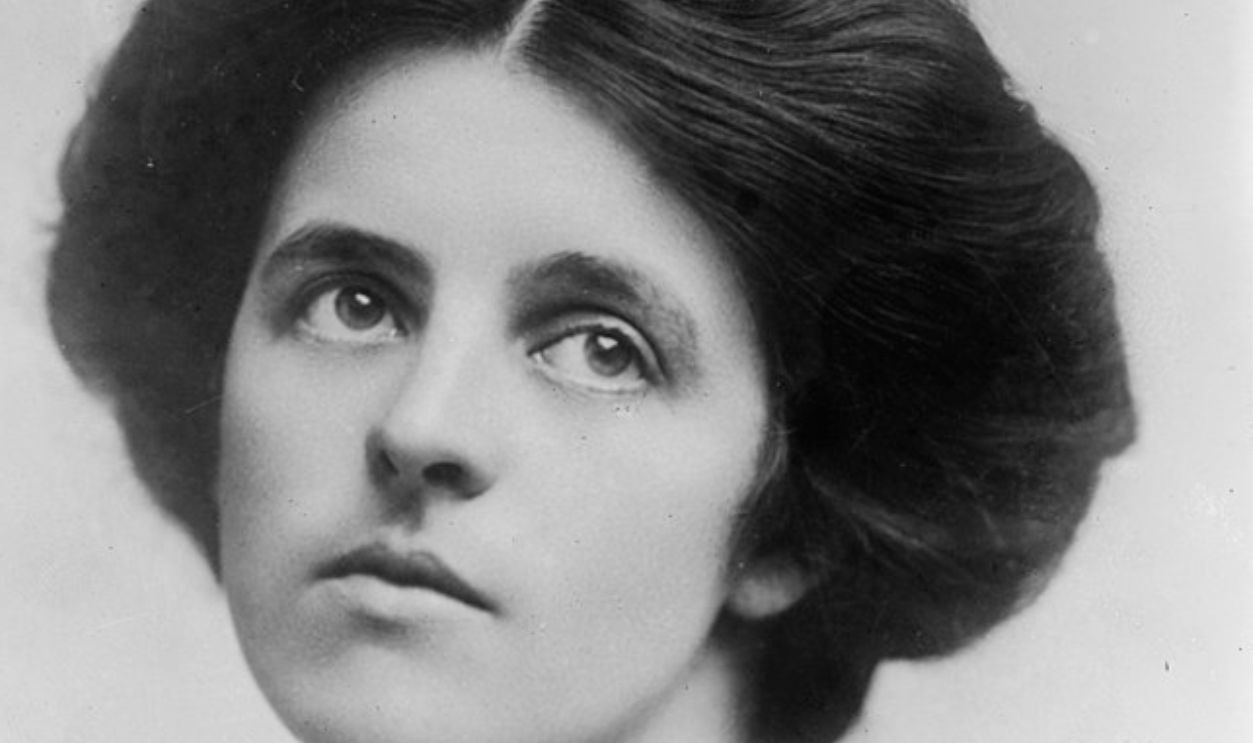 Bain News Service, publisher, Wikimedia Commons
Bain News Service, publisher, Wikimedia Commons
Flapper Influence On Men’s Fashion
We all know that these powerful women influenced female fashion, but did you know that they did the same for men? Men’s fashion loosened up, thanks to flappers. The rigid three-piece suits of previous decades gave way to more relaxed, casual styles. Just as flappers embraced comfort, men followed suit—literally.
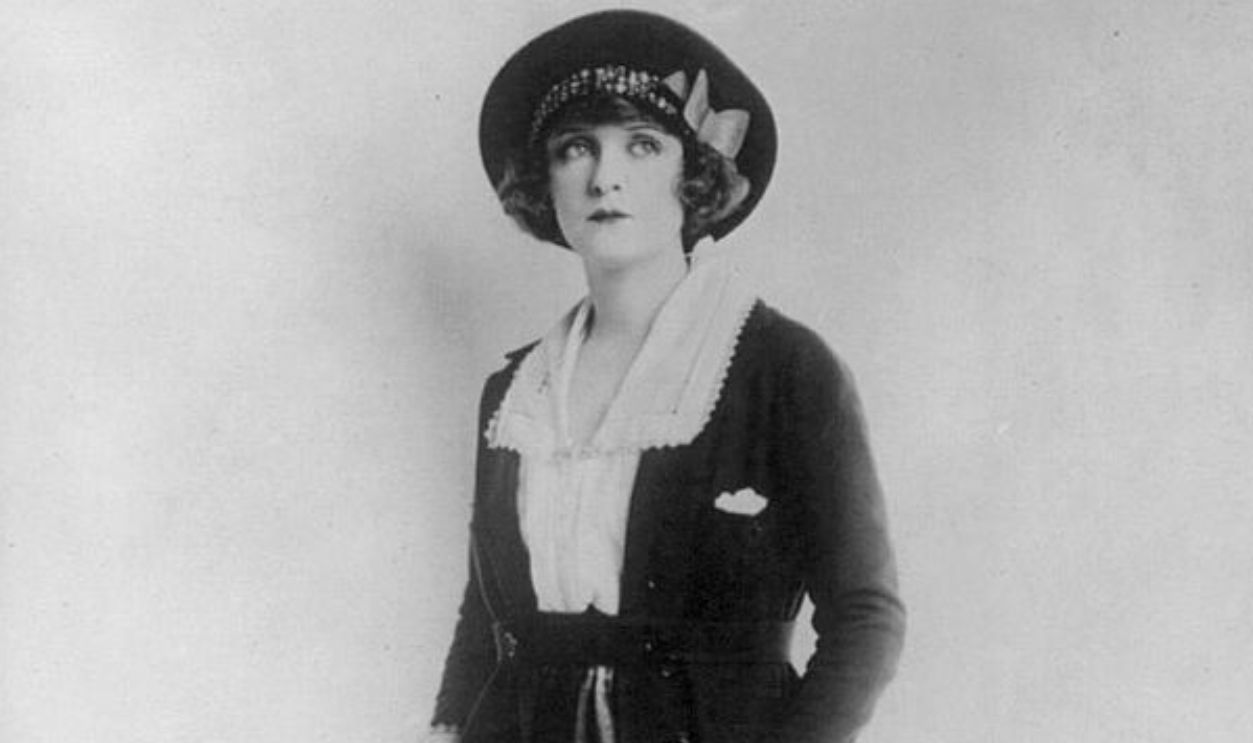 Bain News Service, Wikimedia Commons
Bain News Service, Wikimedia Commons
Flapper Beauty Contests
The first Miss America pageant in 1921 was a flapper’s dream. Short skirts and bold makeup were on full display. These contests, once about Victorian modesty, now celebrated modern beauty. The flapper look was accepted and was officially glamorous.
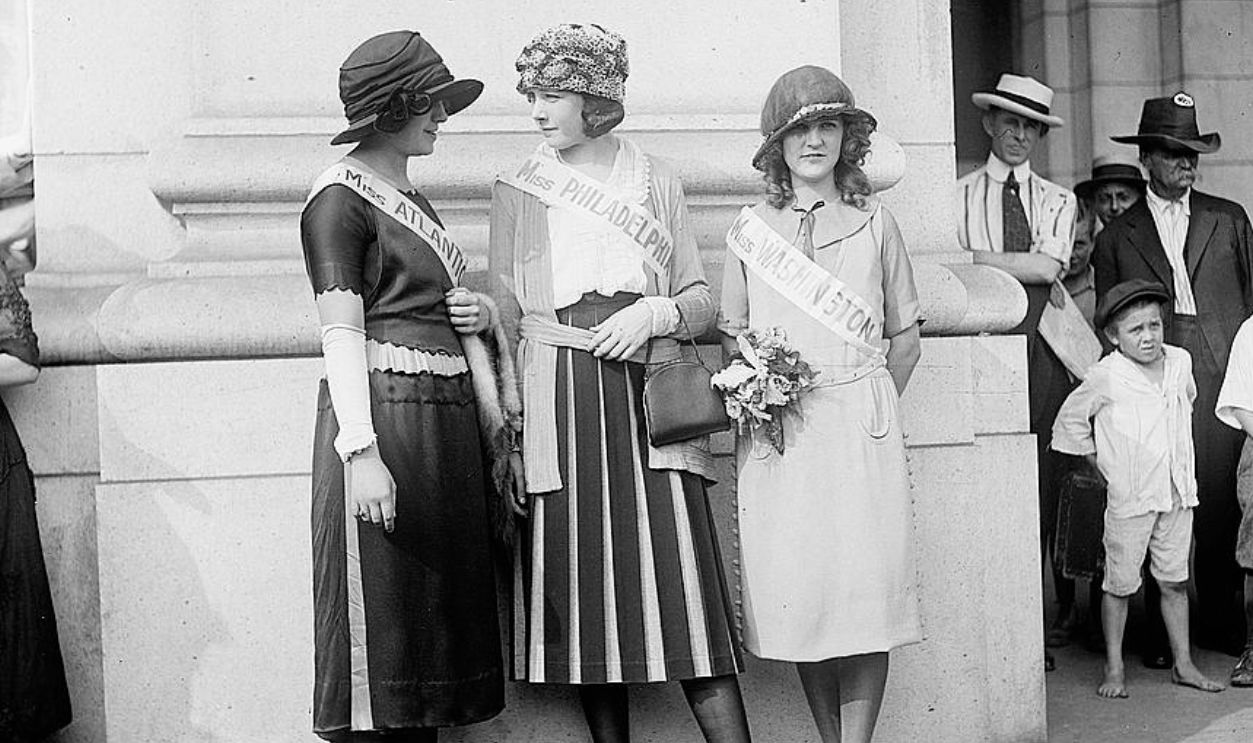 Library of Congress, Wikimedia Commons
Library of Congress, Wikimedia Commons
Flappers In Air Travel
Yes, women could take flights back then. What they couldn’t do was become a pilot. Some flappers took flying lessons, inspired by women like Amelia Earhart. Air travel was still new, but flappers embraced it as another way to break free from traditional roles. The sky was literally the limit.
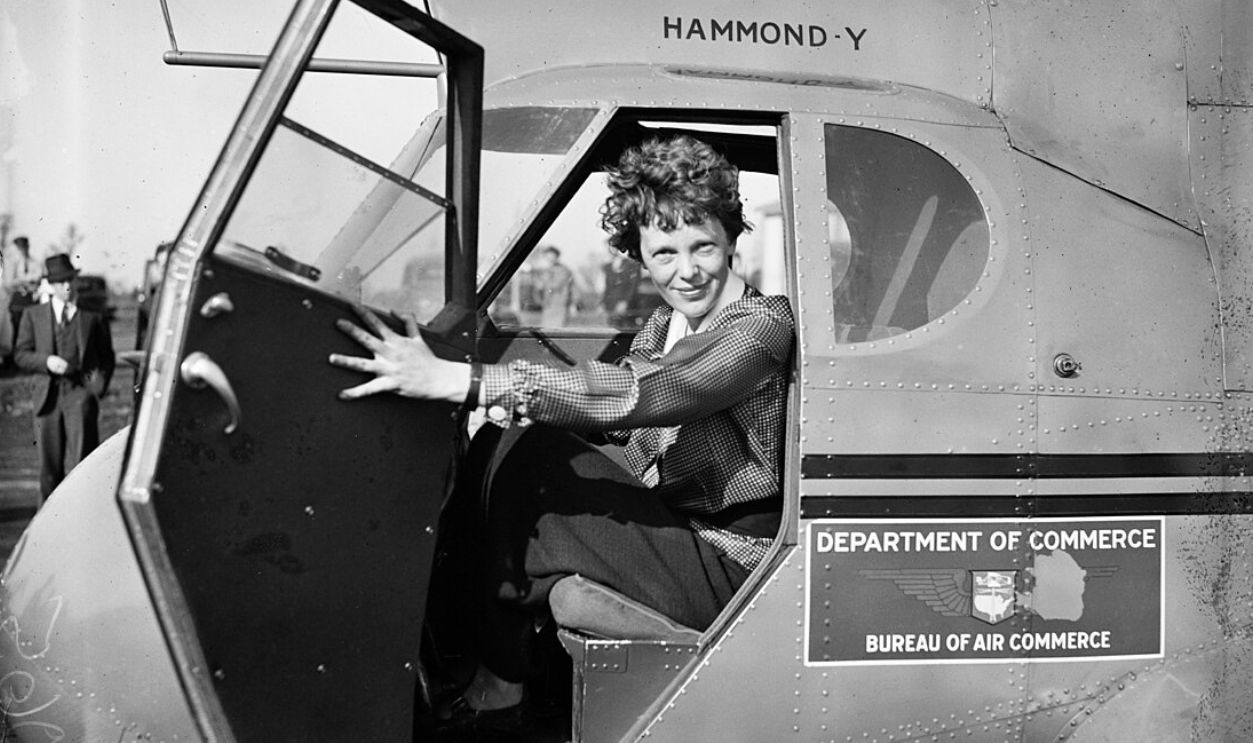 Harris & Ewing, Wikimedia Commons
Harris & Ewing, Wikimedia Commons
Moral Backlash
Change never comes without resistance, and this was the case with flappers. Traditionalists condemned their lifestyle as reckless and immoral. Sermons warned against short skirts and jazz clubs. Flappers didn’t care. They saw these criticisms as proof they were pushing the right boundaries.
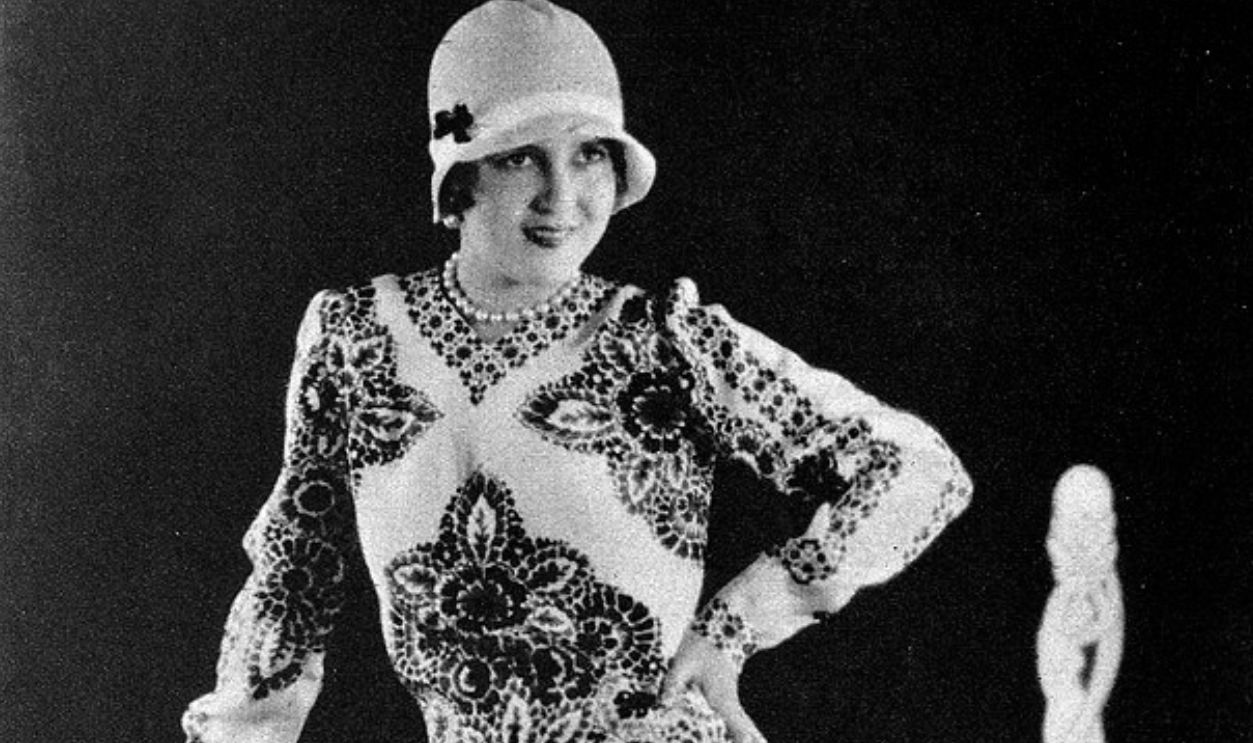 Eugene Robert Richee, Wikimedia Commons
Eugene Robert Richee, Wikimedia Commons
Church Condemnation
Moral backlash extended to the churches. Some of them even went as far as to ban these women on account of “immoral” behavior. Priests and pastors preached against bobbed hair and revealing dresses, urging women to return to modesty. The flapper defied them by dancing right past the pulpit.
Flappers In Cartoons
The cartoons in the 1920s often mocked flappers by portraying them as clueless party girls. The cartoons tried to instill fear in kids by showing them drinking and dancing away their futures. However, what critics saw as satire, flappers saw as free publicity. They were here to stay.
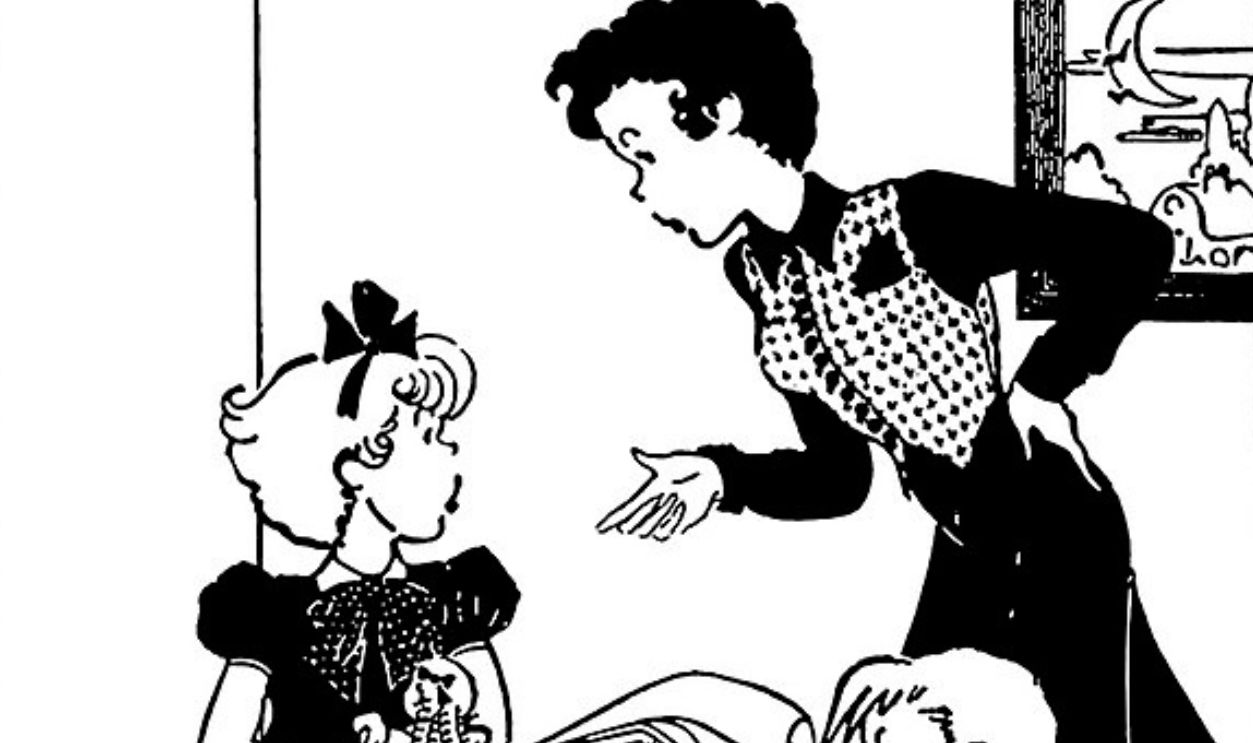 Sylvia Sneidman, artist, 1938, Wikimedia Commons
Sylvia Sneidman, artist, 1938, Wikimedia Commons
Flappers & Parents
Speaking of kids, many parents were horrified by their daughters’s transformations. The style, the fashion, the makeup, and the things that flappers adopted were a clear contradiction to the Victorian upbringing these girls had. Some fathers even refused to be seen in public with their daughters. And lappers couldn’t care less.
Flappers & Older Feminists
Early feminists had fought hard for women’s rights, and not all of them approved of flappers. Some saw them as too frivolous and focused more on fashion than activism. However, flappers were feminists in their own way—choosing how to live their lives was a revolution in itself.
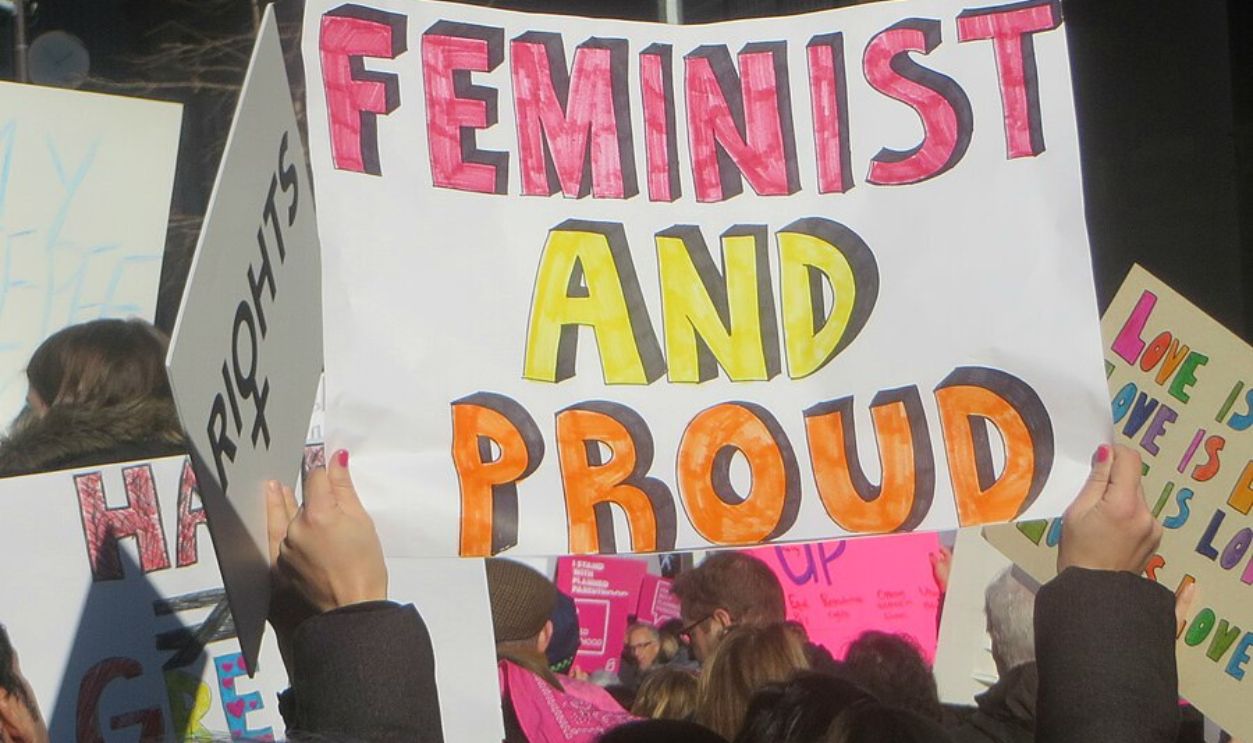 Eden, Janine and Jim from New York City, CC BY 2.0, Wikimedia Commons
Eden, Janine and Jim from New York City, CC BY 2.0, Wikimedia Commons
Flappers & Law Enforcement
Police regularly raided speakeasies, but that didn’t stop Flappers. Many carried small hip flasks, tucking them into their garters to outsmart authorities. Even when arrested, they often turned their mugshots into fashion statements, posing with defiant smirks for the cameras.
Flapper Sportswear
To many, these were just clothes. To flappers, they were statements. Sports isn’t just for men. Flappers made sportswear fashionable. Shorter tennis skirts, looser golf outfits, and streamlined swimsuits replaced stiff, impractical designs. Women moved freely, whether swinging a racket or diving into a pool.
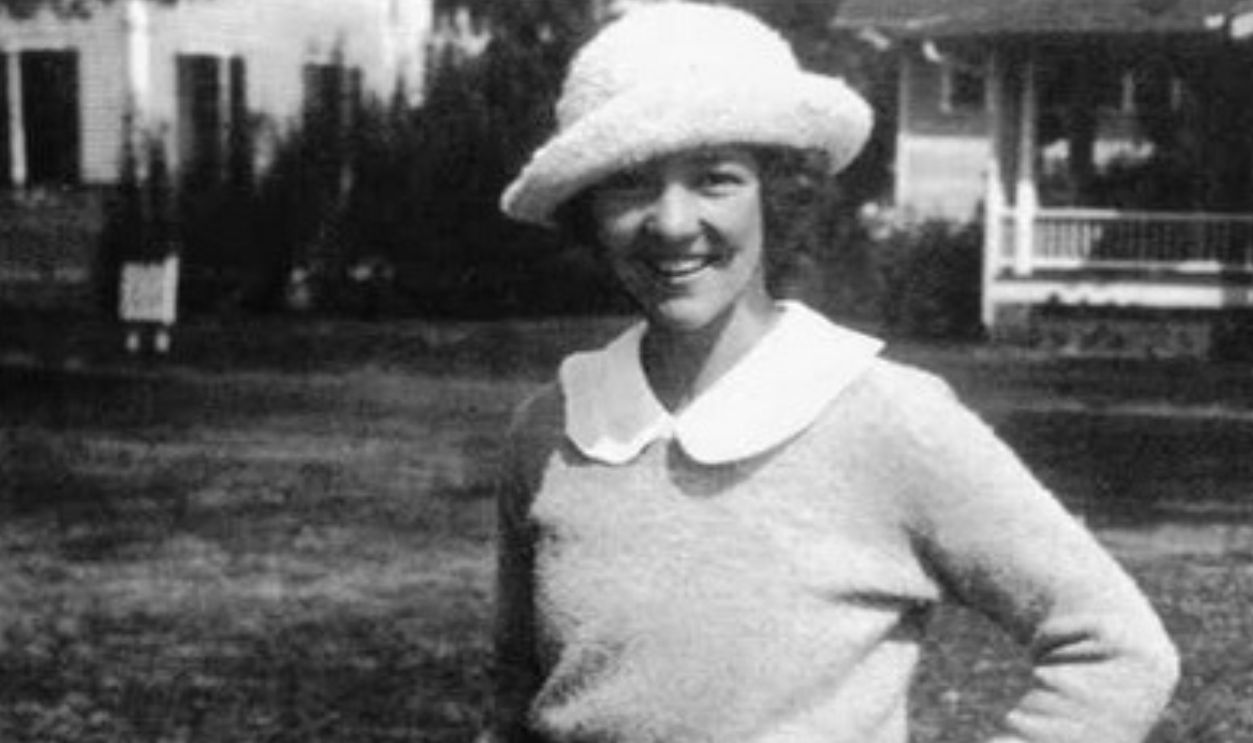 Unknown. Likely a press photographer., Wikimedia Commons
Unknown. Likely a press photographer., Wikimedia Commons
Flapper-Inspired Swimsuits
The days of full-body bathing suits were over. Flappers rocked sleek, form-fitting swimsuits that revealed more leg than ever before. Some cities even had “beach police” measuring hemlines! These daring swimsuits were fashion statements, and they symbolized women’s growing freedom to control their own bodies.
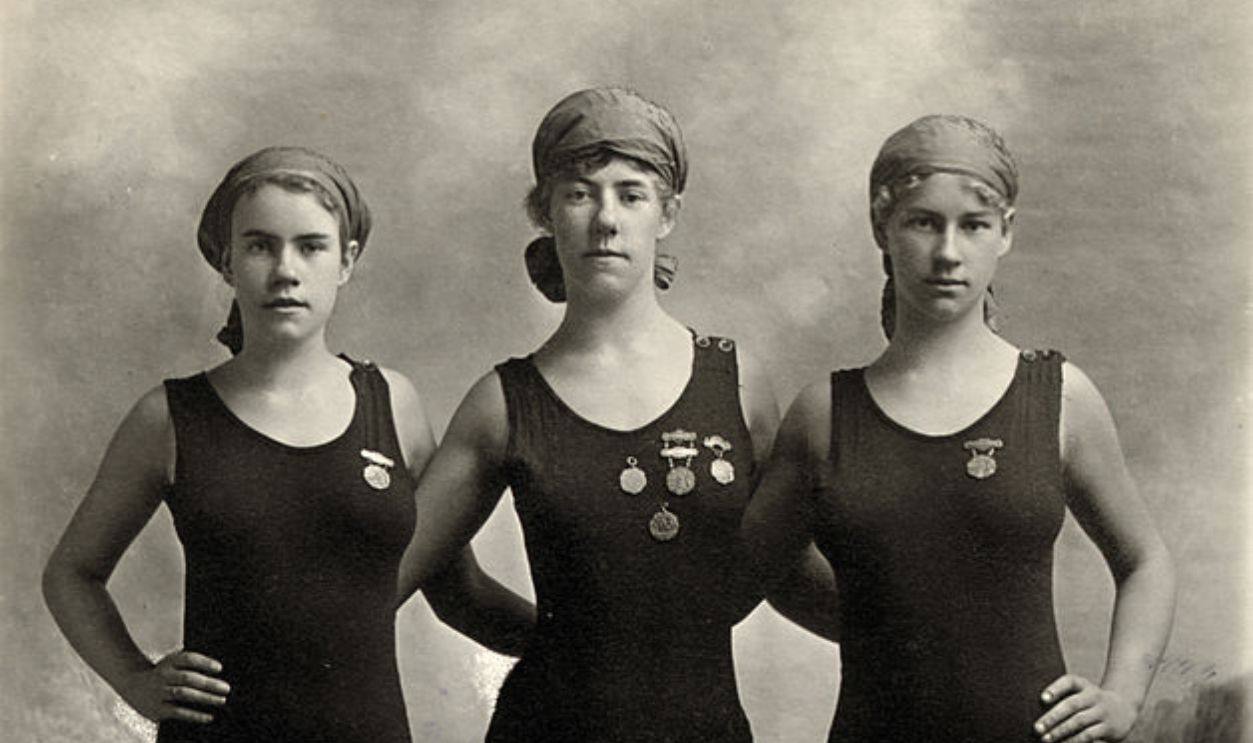 Bain News Service, Wikimedia Commons
Bain News Service, Wikimedia Commons
Trousers For Women
People think of skirts when they think of flappers. However, the fashion went beyond that. Though controversial, some flappers embraced trousers for comfort and practicality. Hollywood icons like Marlene Dietrich popularized the trend and demonstrated that femininity wasn’t about fabric; it was about attitude.
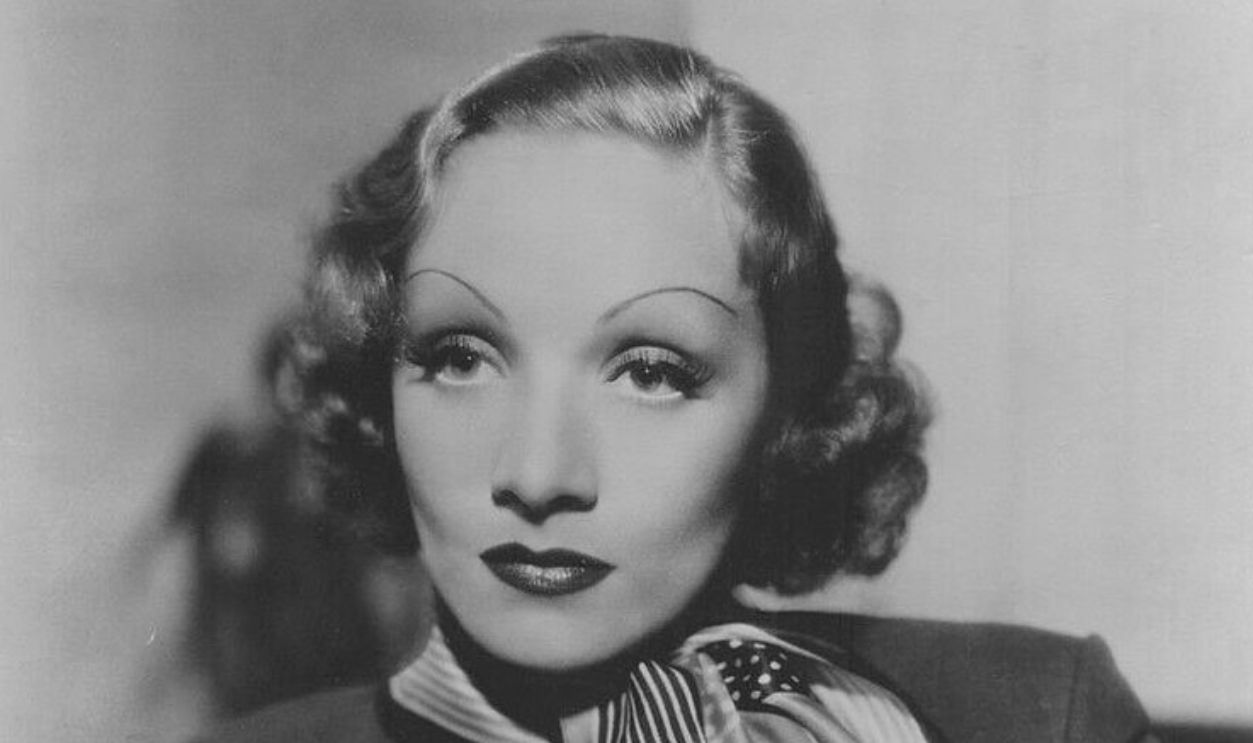 Paramount Pictures, Wikimedia Commons
Paramount Pictures, Wikimedia Commons
Flapper Accessories
Of course, no outfit is complete without the accessories. Flappers? They understood the assignment. The flapper look was completed with feathered headbands and beaded purses. Bangles jingled as they danced, and cigarette holders added dramatic flair. Every piece was a statement. Flashy and impossible to ignore.
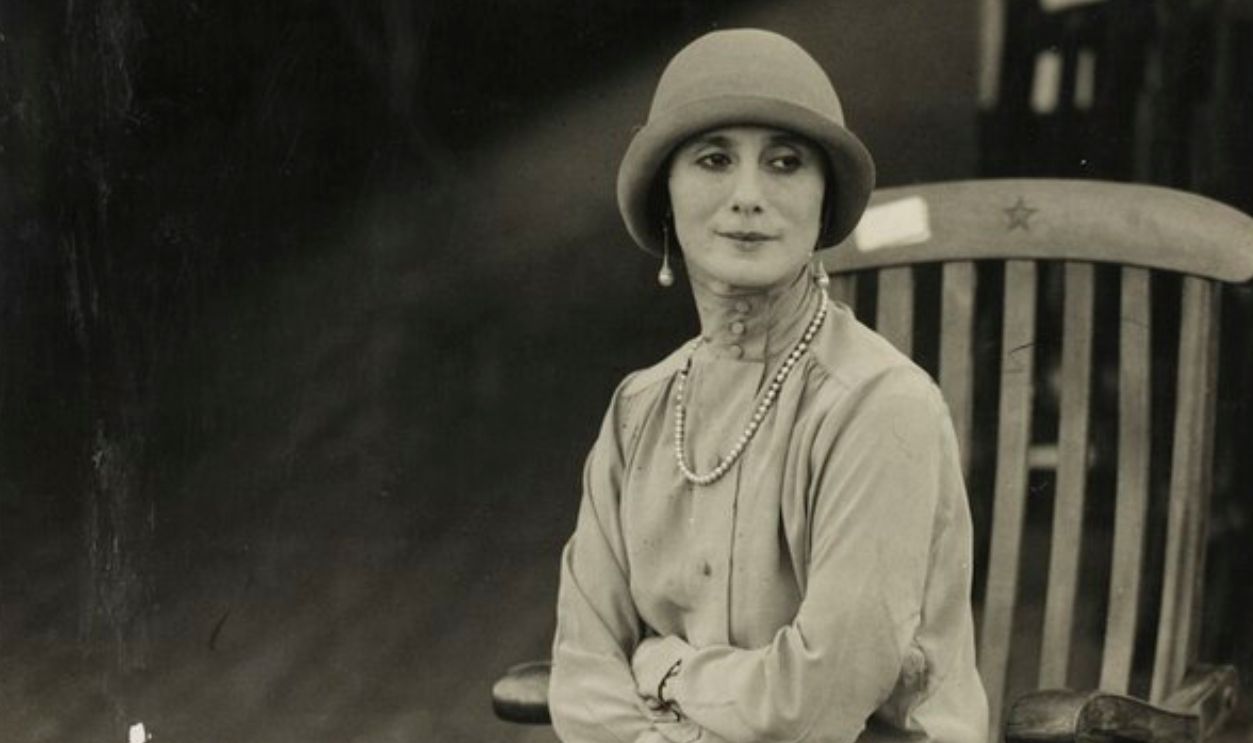 Unknown Author, Wikimedia Commons
Unknown Author, Wikimedia Commons
Flappers And Underground LGBTQ+ Culture
Yes, they broke gender norms, too. But it wasn’t just for the women. Many frequented LGBTQ+ speakeasies, where same-gender dancing and drag performances thrived. In an era when homosexuality was largely taboo, flappers played a role in making underground queer culture more visible.
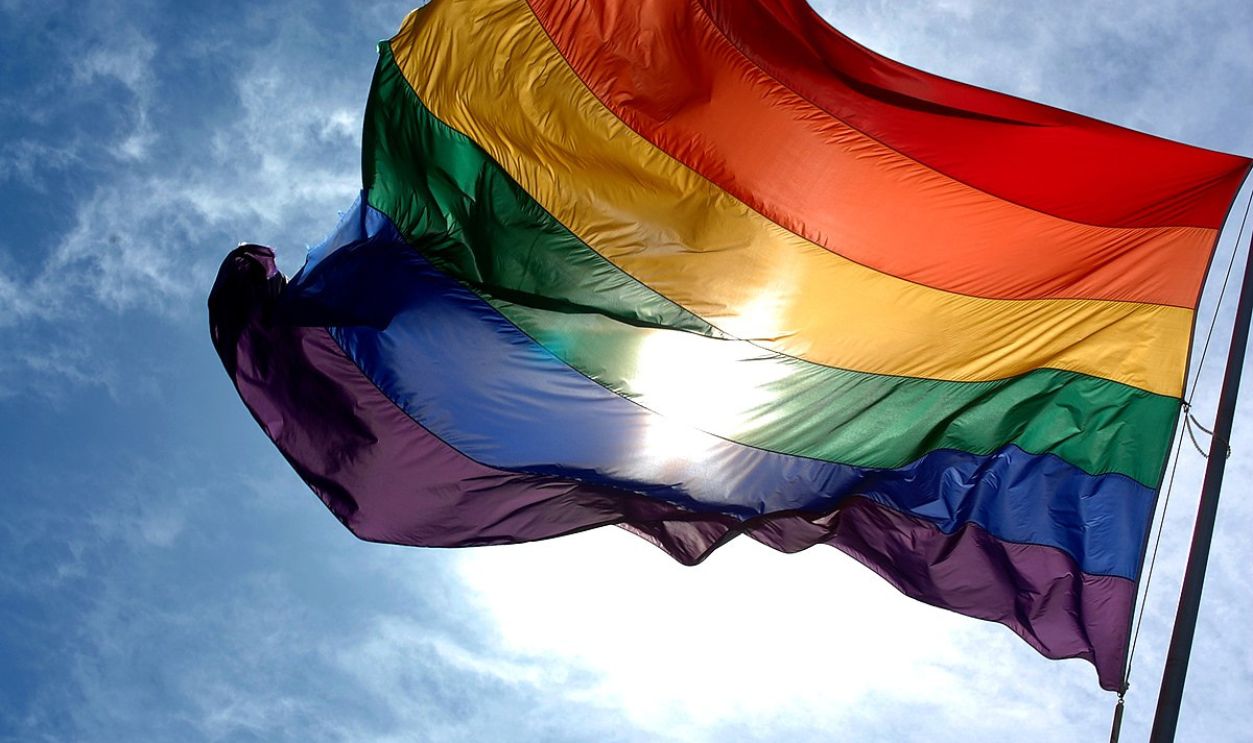 Ludovic Bertron from New York City, U.S., CC BY 2.0, Wikimedia Commons
Ludovic Bertron from New York City, U.S., CC BY 2.0, Wikimedia Commons
Flappers & The Great Depression
The Roaring Twenties came to a stop in 1929. As the economy collapsed, the flapper extravagance faded. Hemlines dropped, and the carefree lifestyle gave way to survival. However, flappers had already left their mark—their influence didn’t disappear; they simply adapted to a new era.


